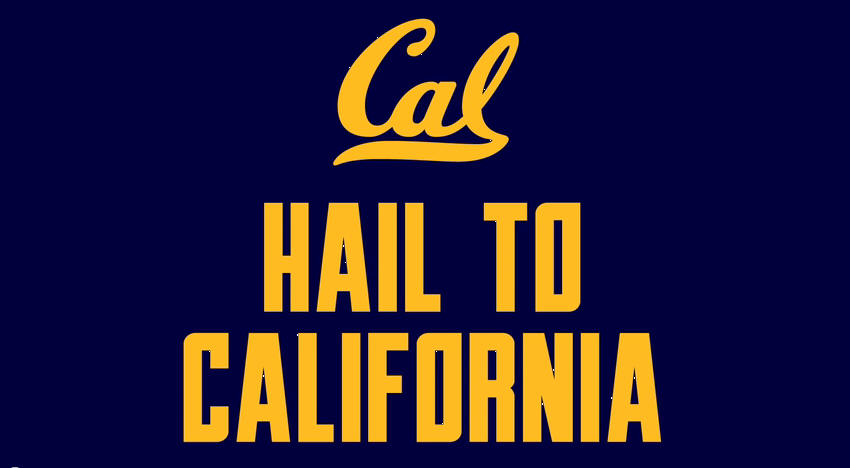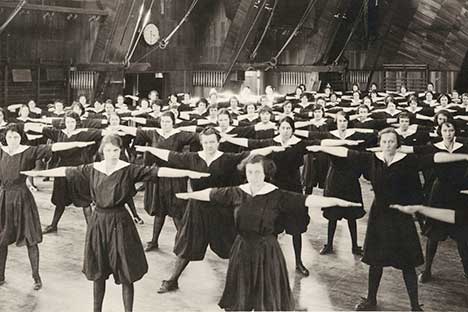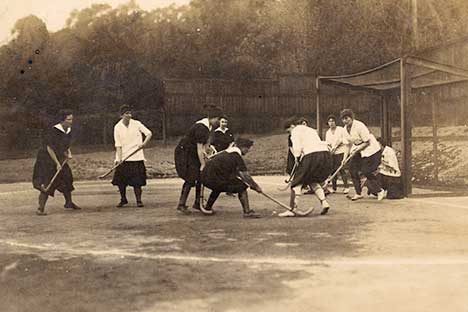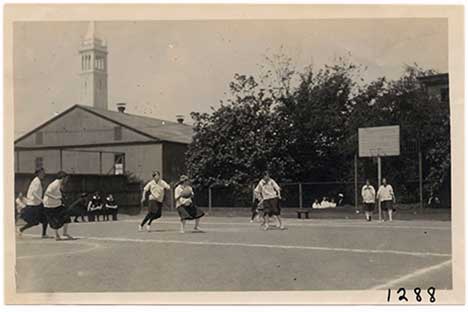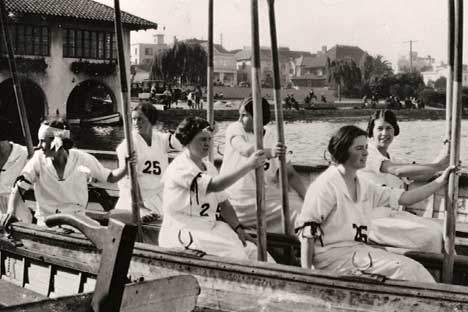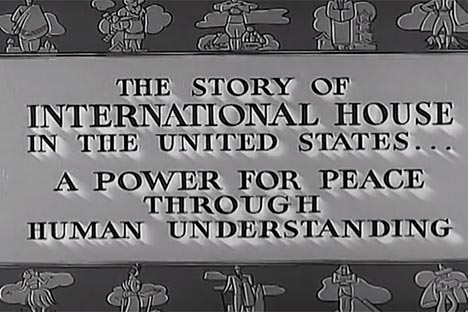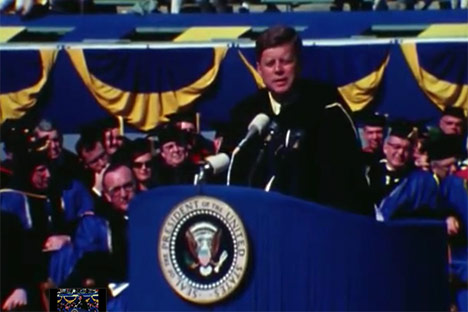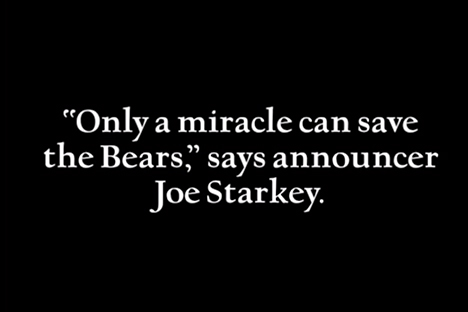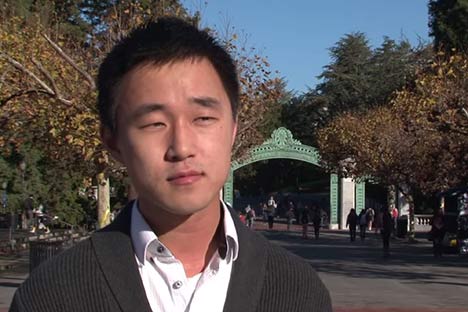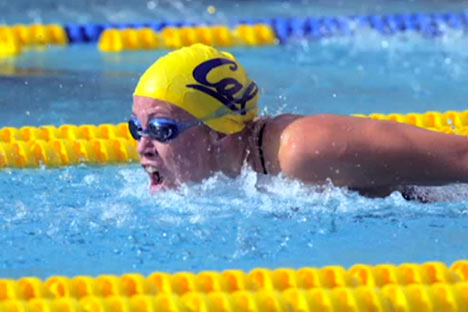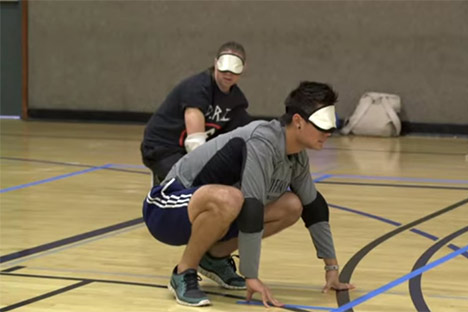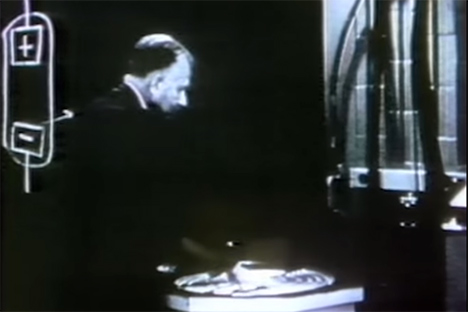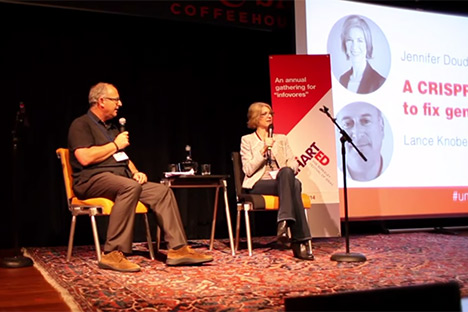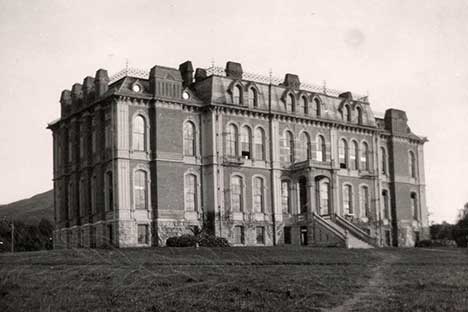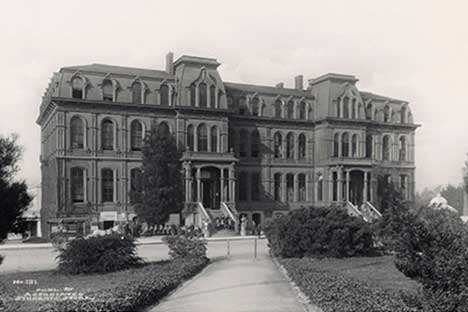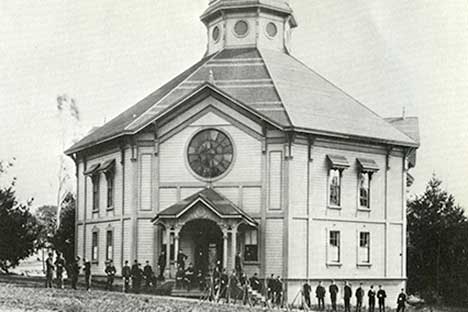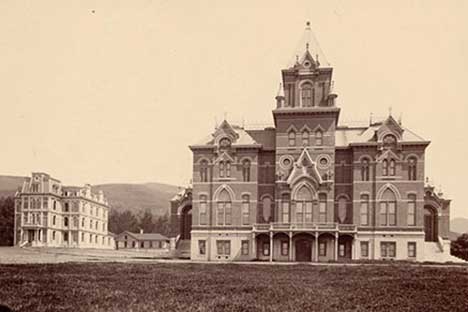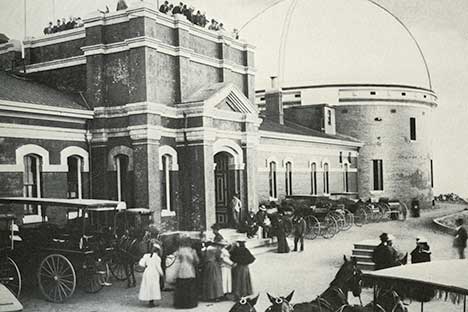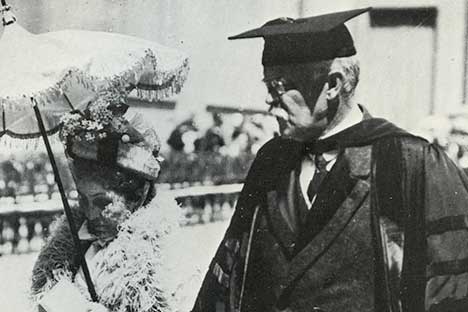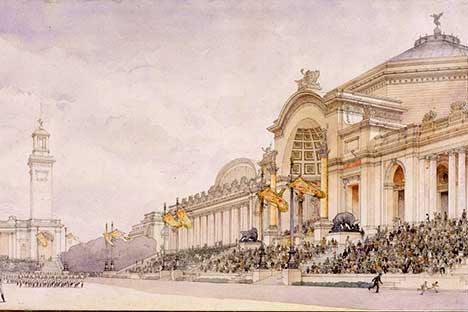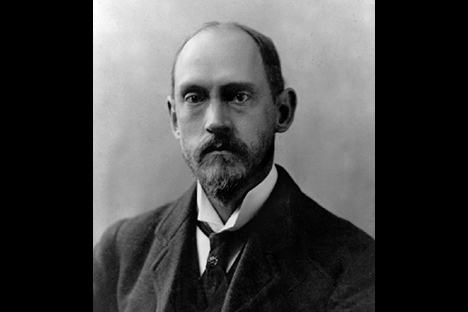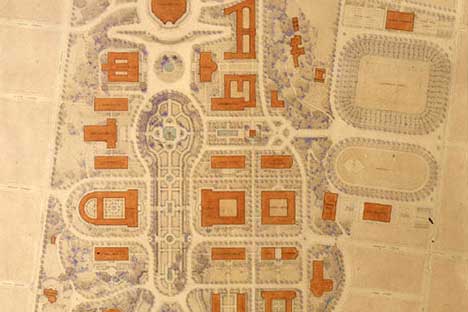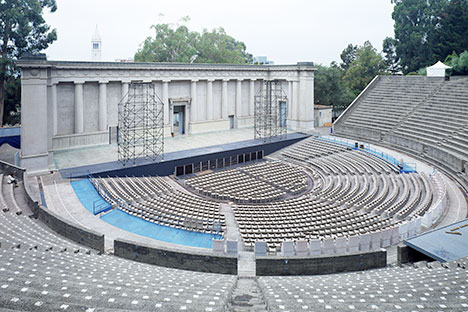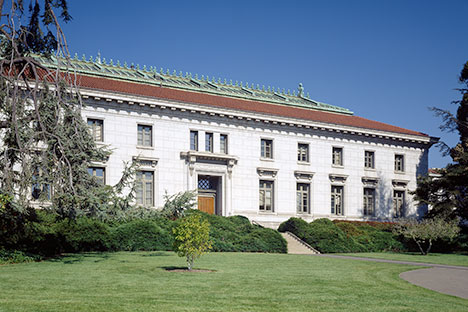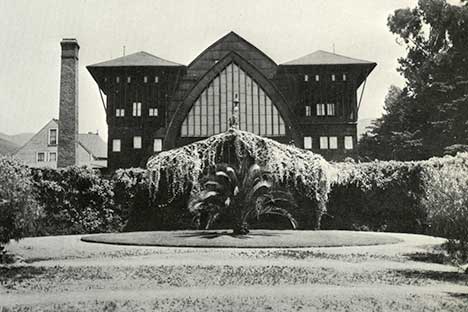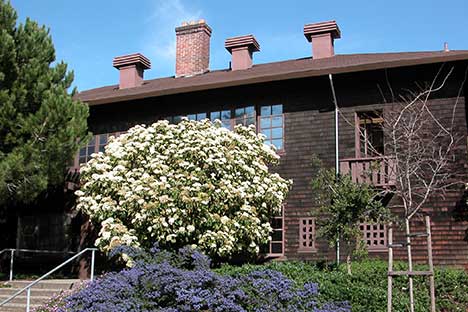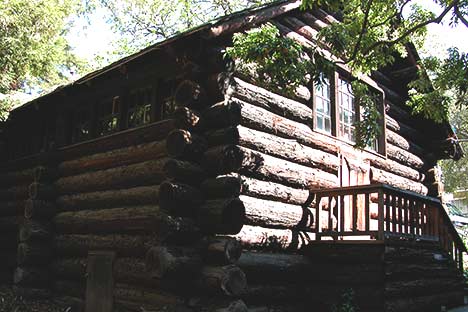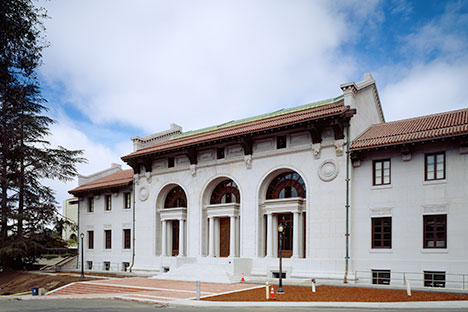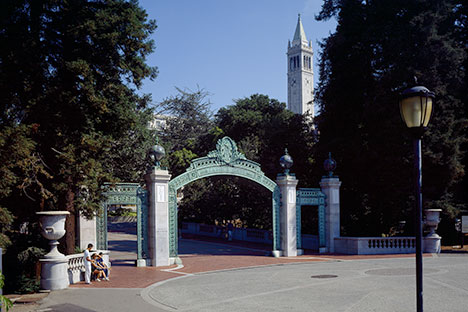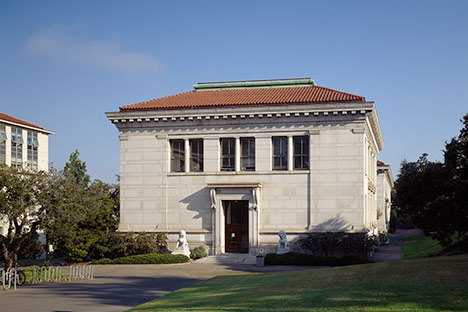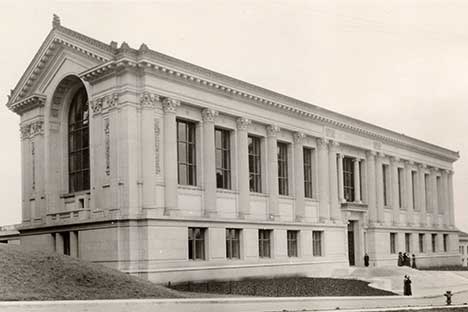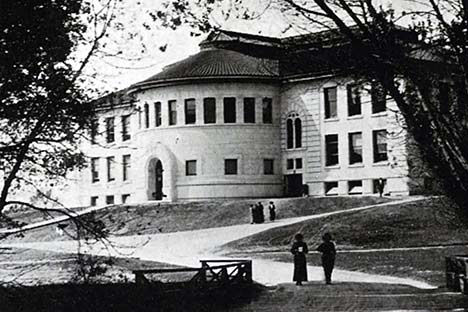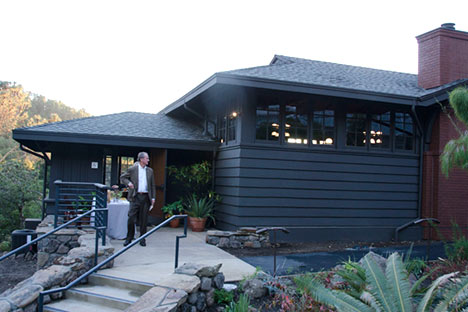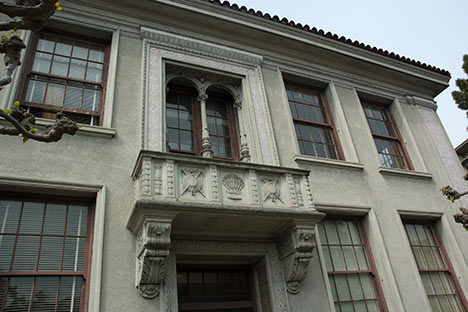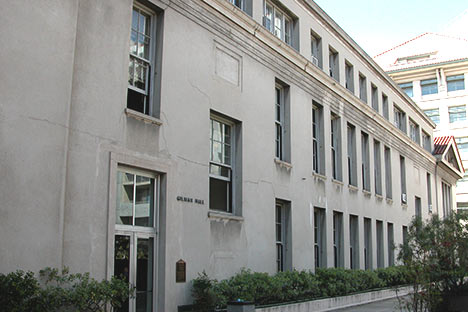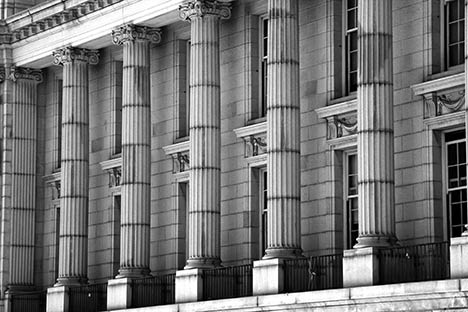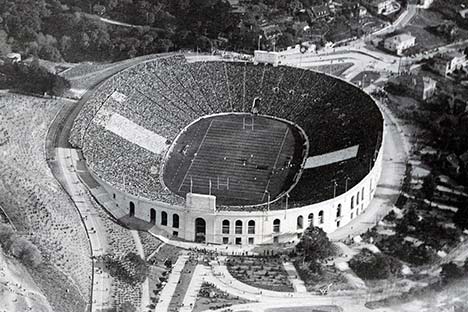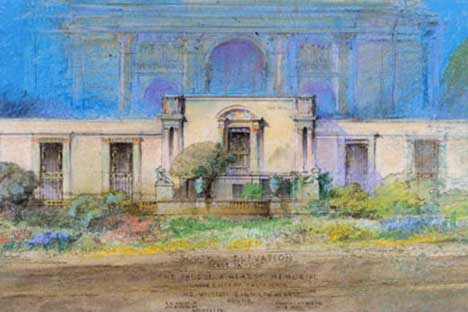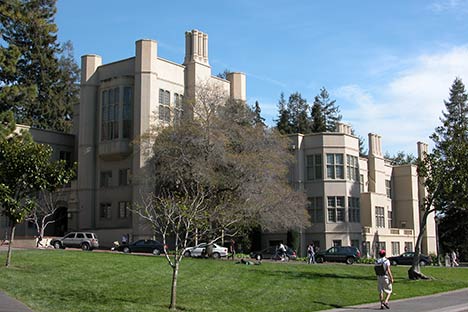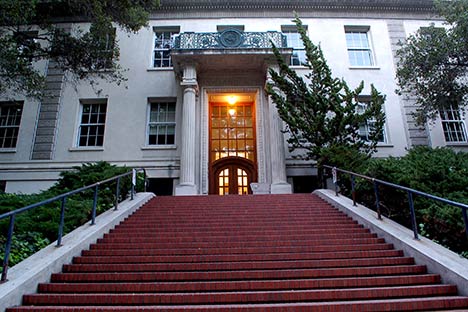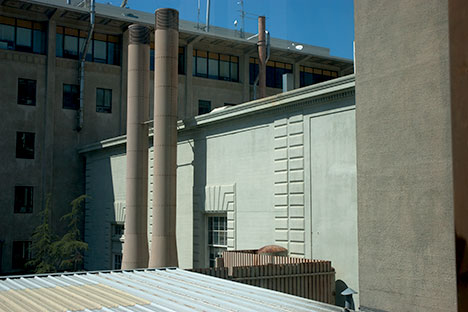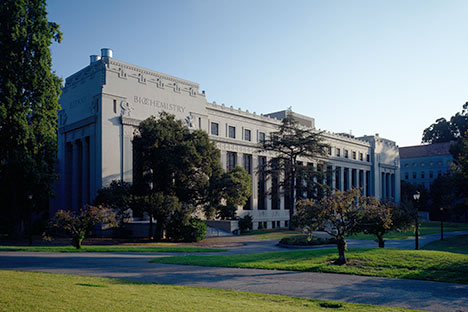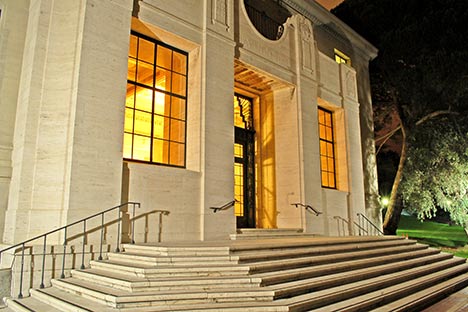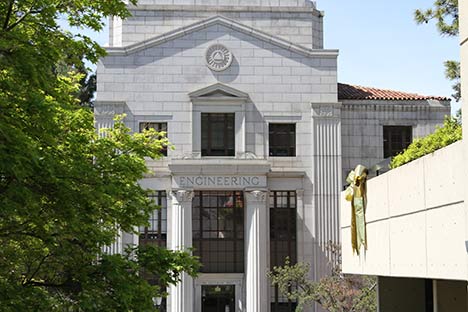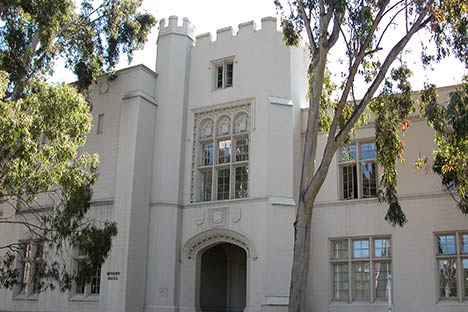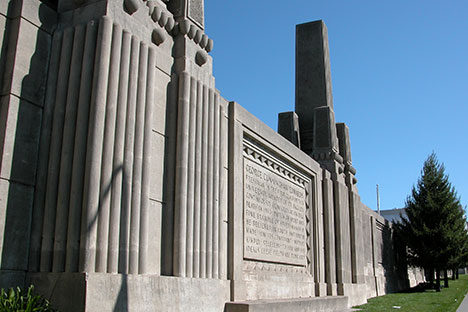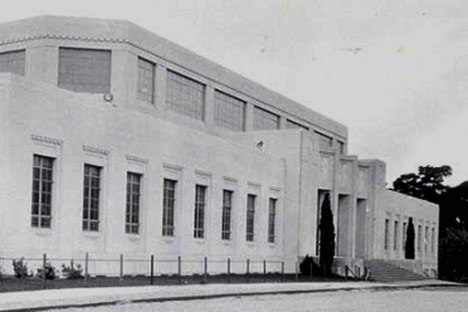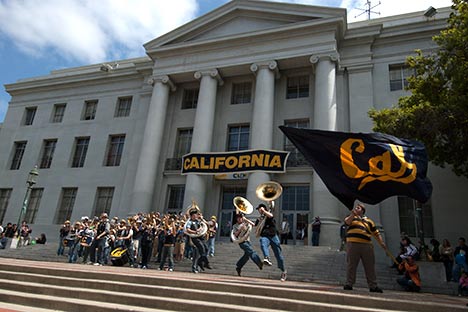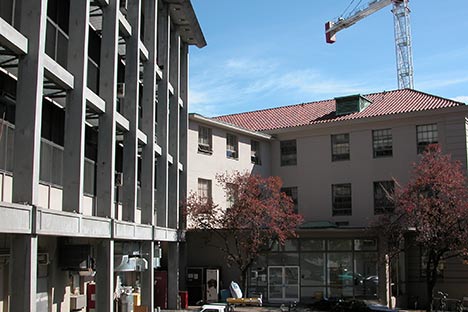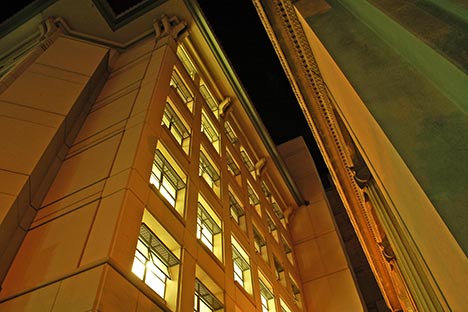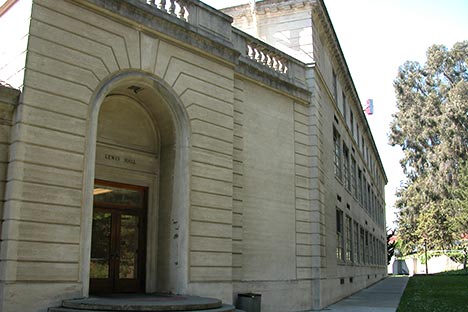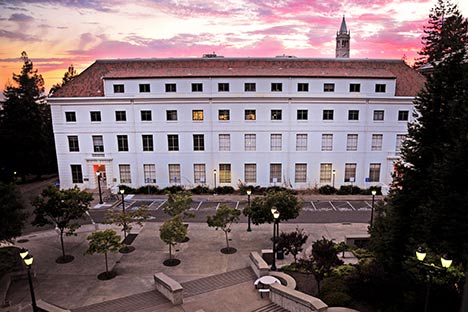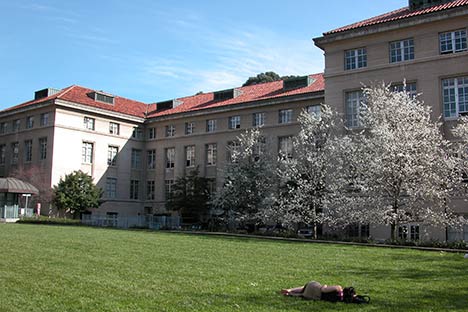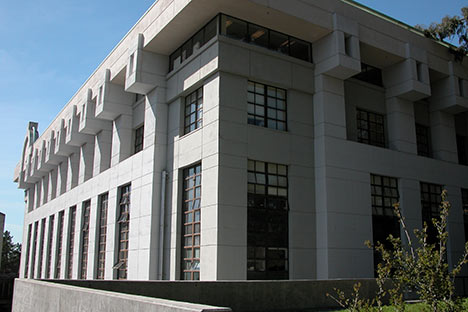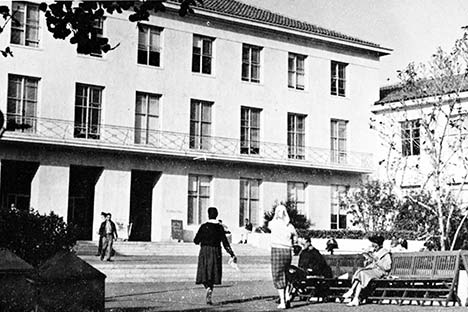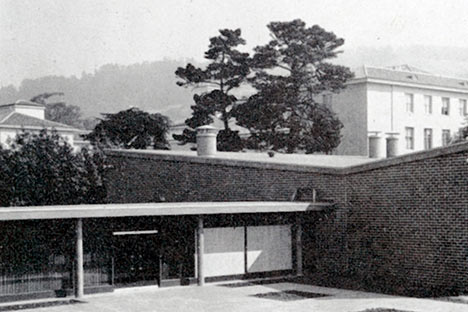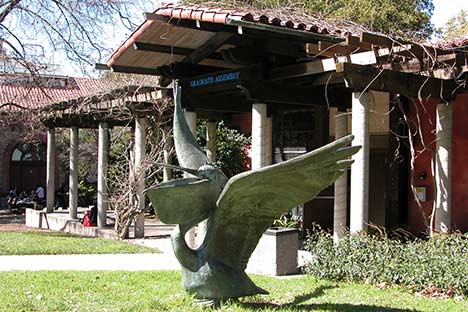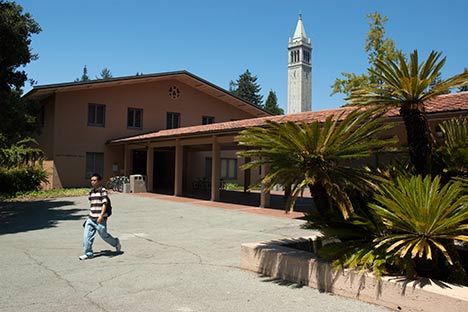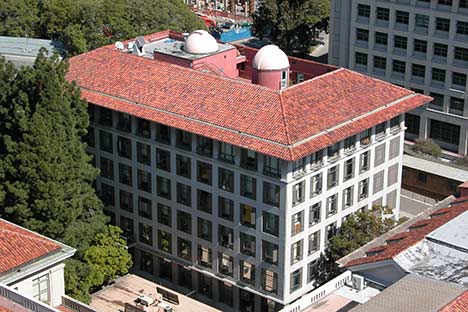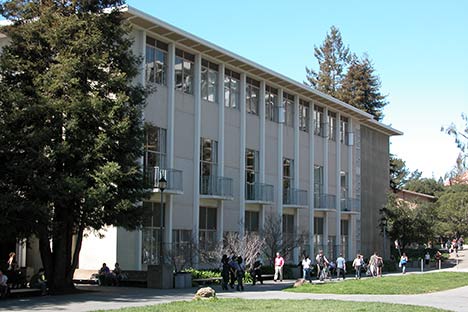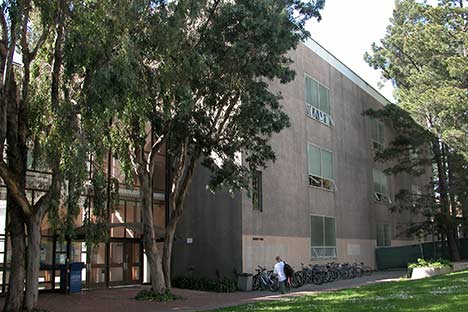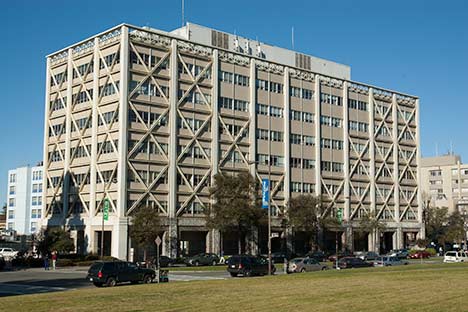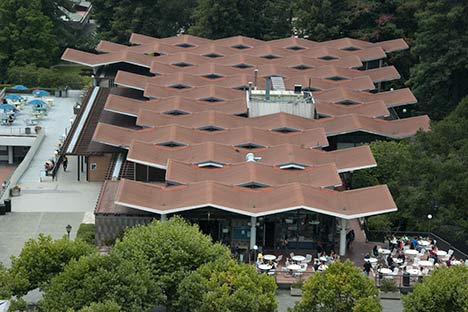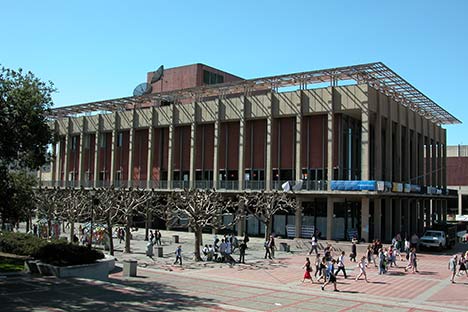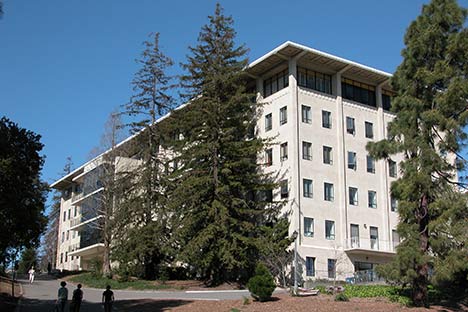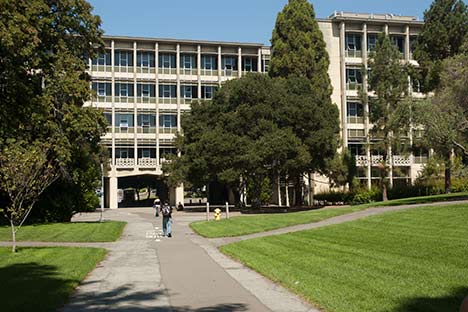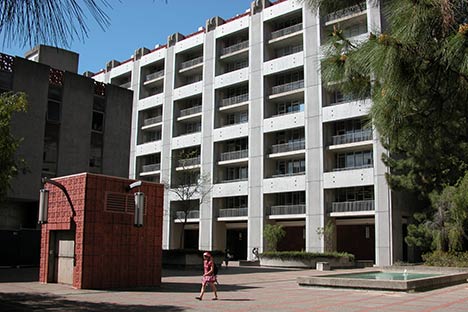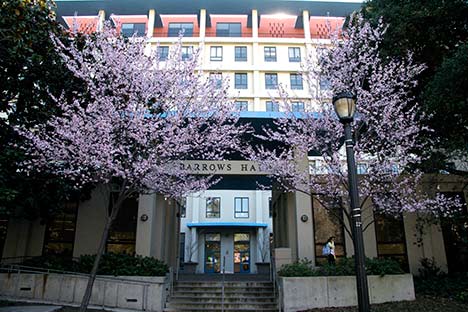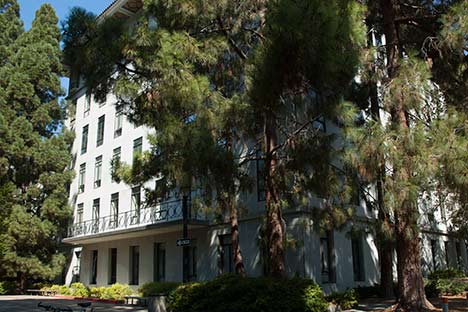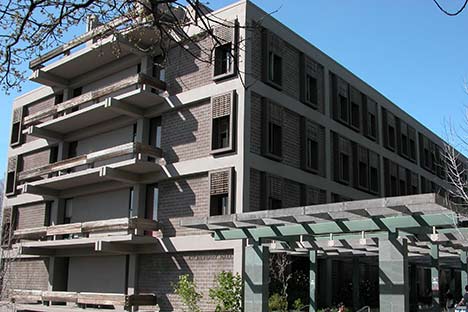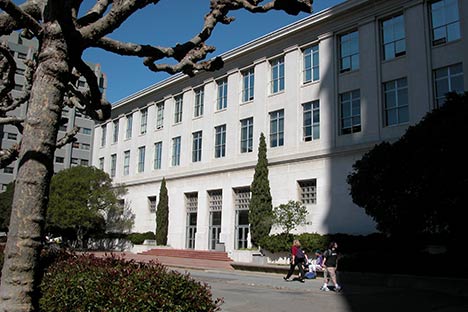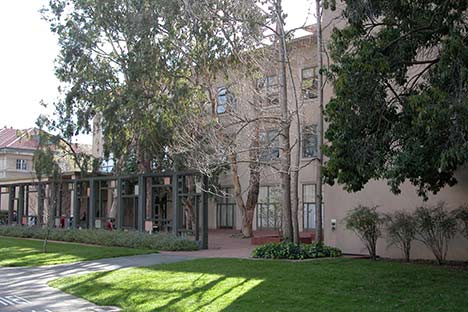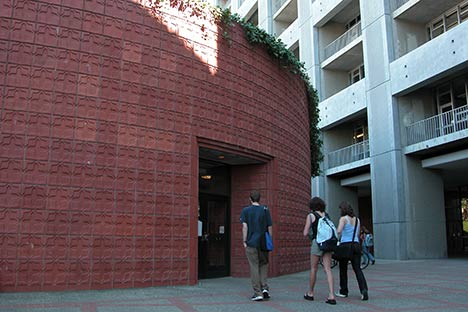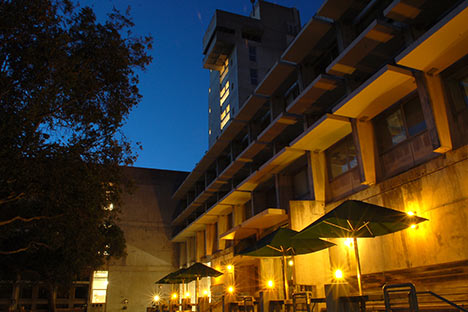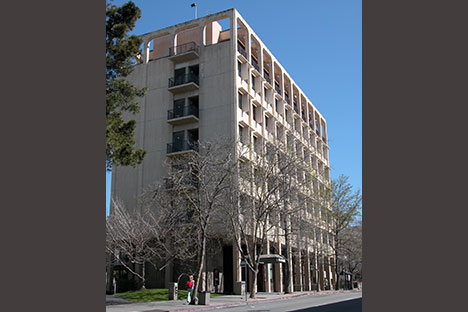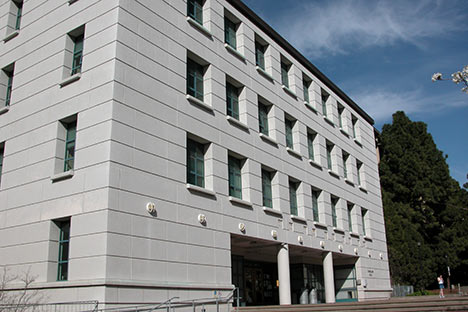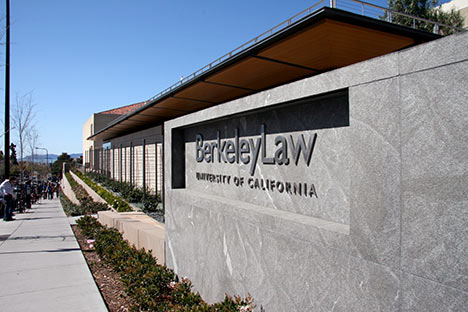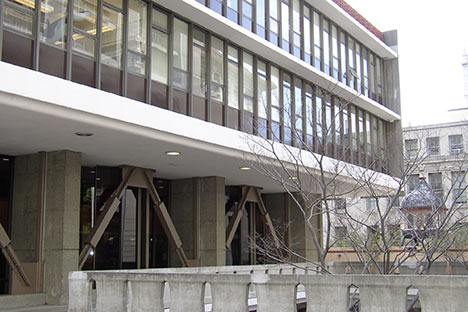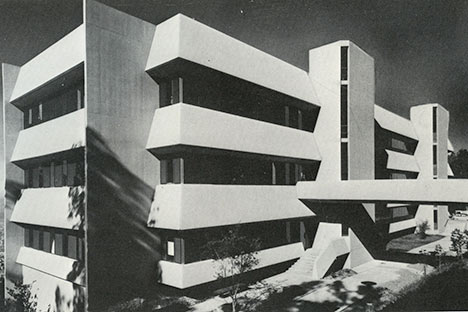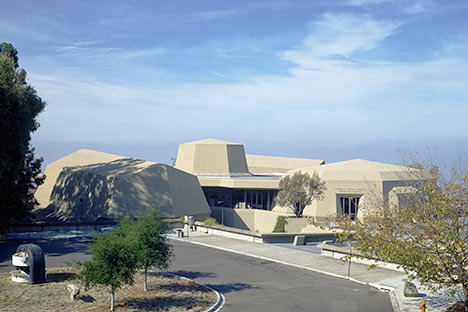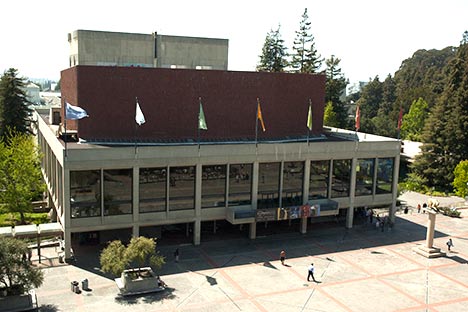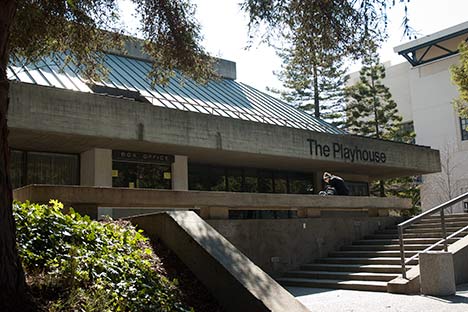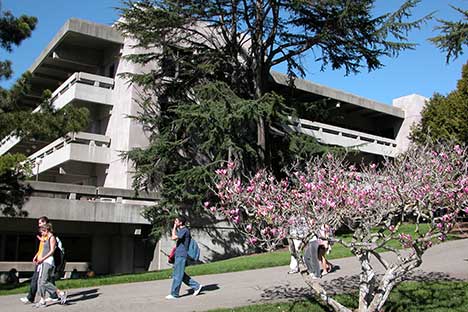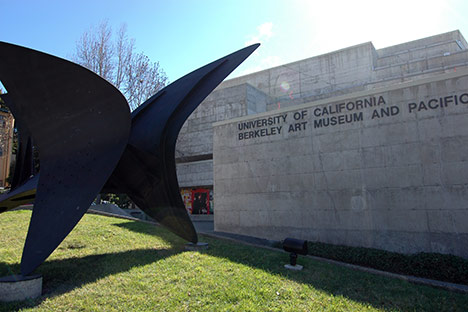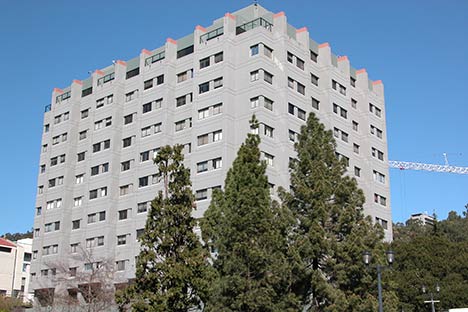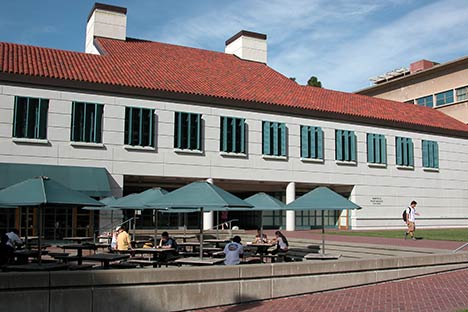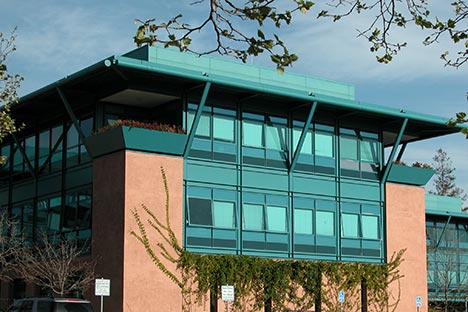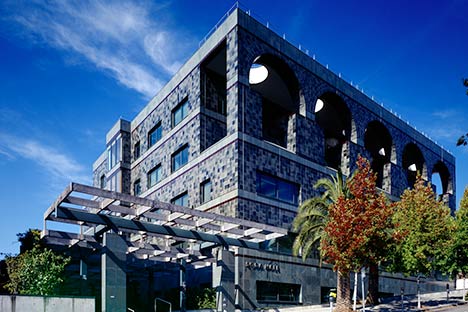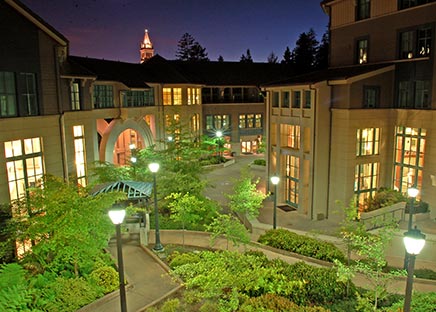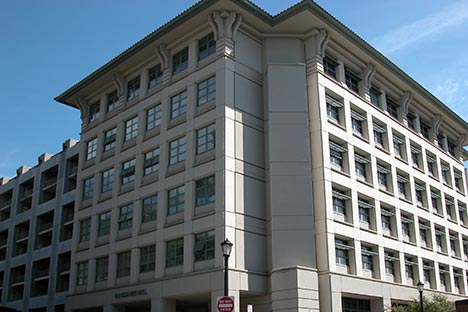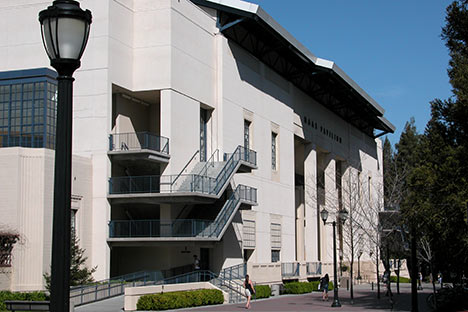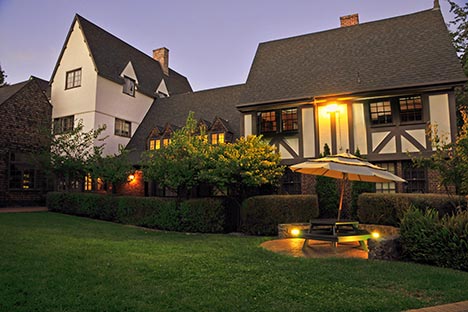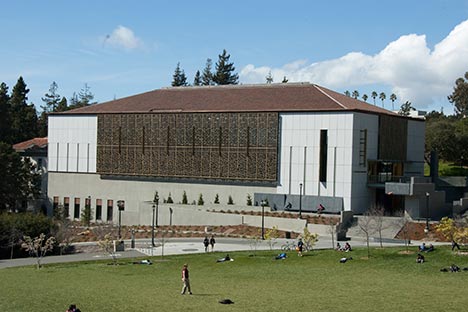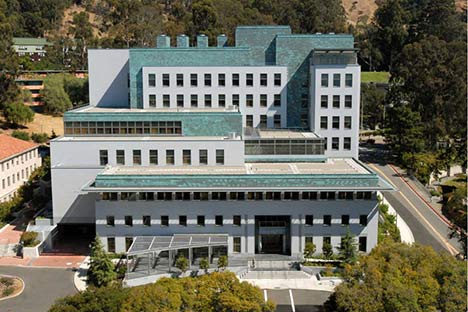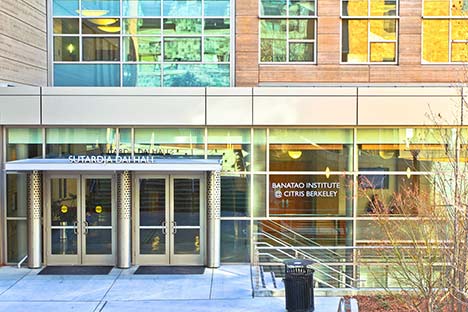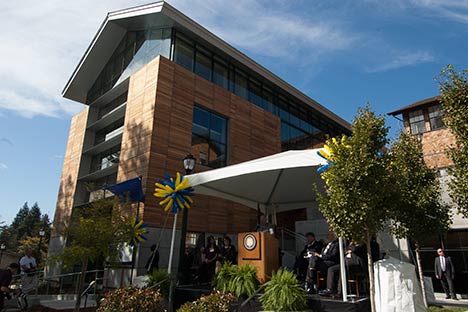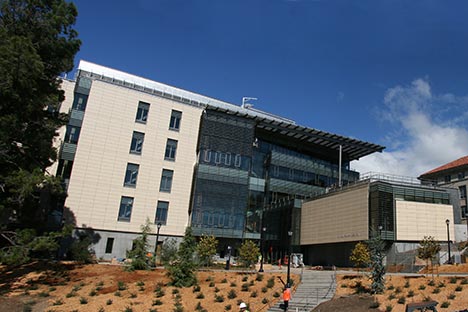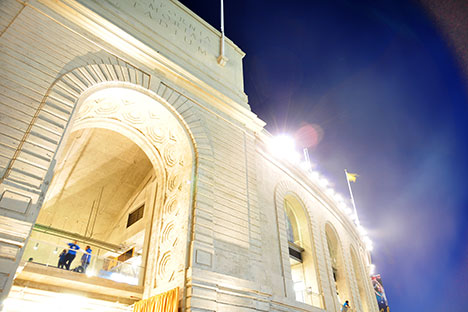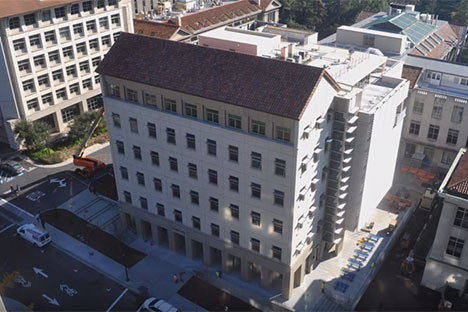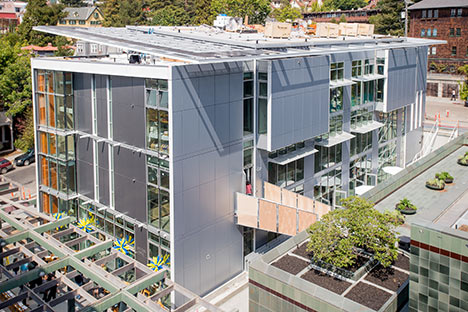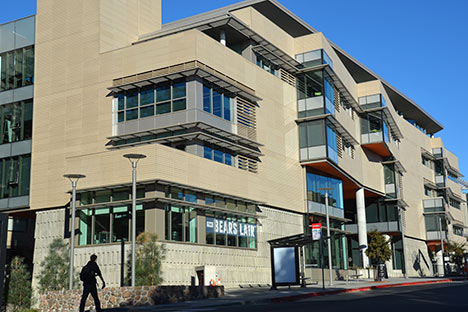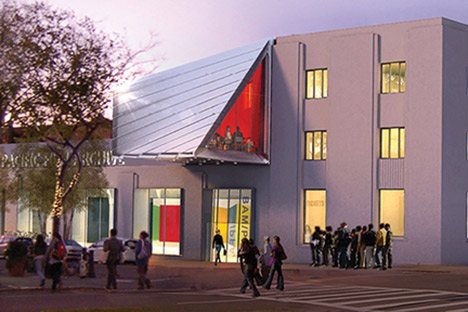- Student Life
- Milestones
- Faculty Nobels
- Contributions/Discoveries
- Architecture
For over 150 years, UC Berkeley has been reimagining the world by challenging convention and generating unparalleled intellectual, economic and social value. Take a look back at Berkeley’s milestones and discoveries and learn more about our 26 faculty Nobel Prize winners and 37 alumni winners.
-
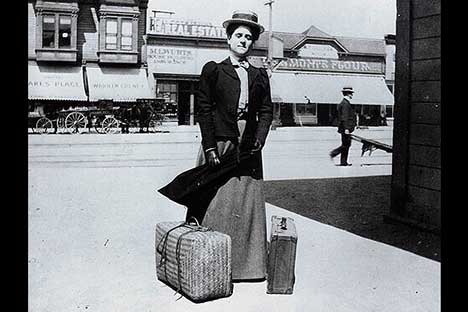
1870 - First female students
Just one year after instruction begins on the Berkeley campus, the regents vote to admit women on equal terms with men. The first female students, 17 in total, enroll at the university. -
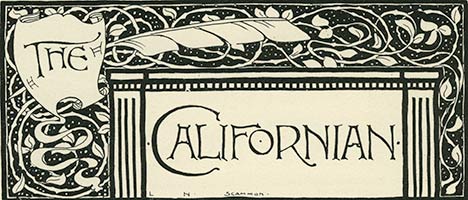
1871 - The Daily Californian
The student-run newspaper is established. In 1971 the newspaper earns its independence from the campus. Today it is one of the oldest college newspapers in the nation. -
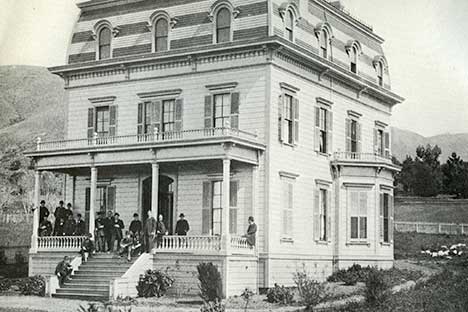
1871 - First Greek society
The first Greek letter society, Zeta Psi, is formed on campus. -
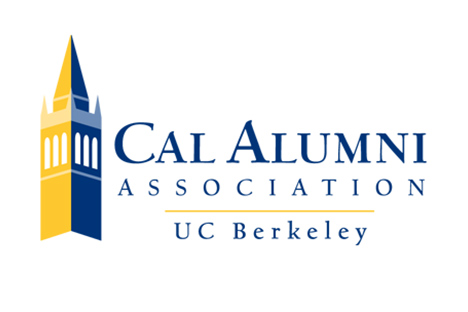
1872 - University Alumni Association
The University Alumni Association is established. It is later renamed the California Alumni Association. -
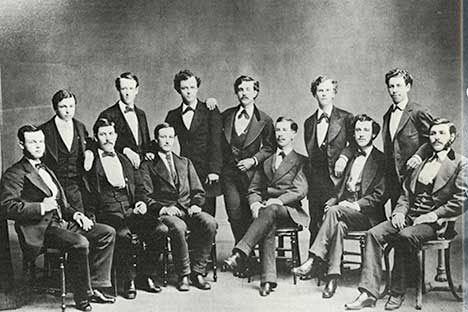
1873 - Twelve Apostles
The first 12 students receive UC diplomas, earning the nickname “The Twelve Apostles.” -

1882 - First sports team
Cal’s first sports team is established on campus. They call it football, but the sport they play is what we know today as rugby. -
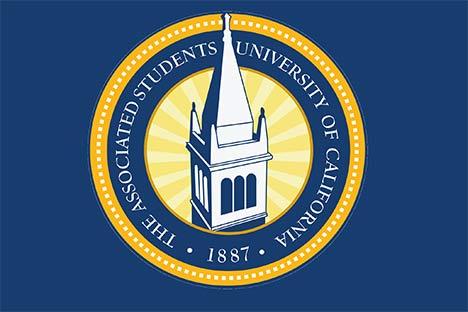
1887 - Student government
Student self-government is organized to resolve the conflicting interests of several student societies, and named the Associated Students of the University of California (ASUC). This leadership group is still active today. -
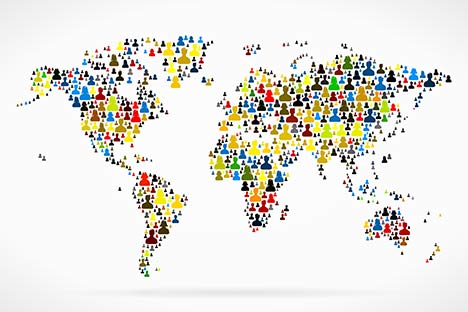
1890s - International students
Overseas students, many from Asia and South America, begin attending the university, starting an unbroken traditional of international students. -
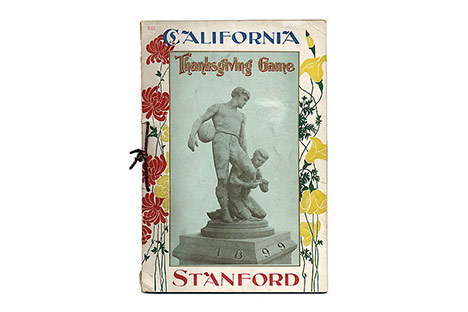
1892 - The first Big Game
The first Big Game is played between Cal and Stanford. -
The Cal alma mater is written and composed by Clinton R. “Brick” Morse, class of 1896.
Hail to California Hail to California, Alma mater dear. Sing the joyful chorus, Sound it far and near.
Rallying ‘round her banner, We will never fail. California alma mater, Hail! Hail! Hail!
Hail to California, queen in whom we’re blest— Spreading light and goodness over all the West,
Fighting ‘neath her standard We shall sure prevail- California alma mater, Hail! Hail! Hail!
-
Financial aid is made available for “needy and deserving” students. More than a century later, UC Berkeley continues to provide broad access for students of all means - educating more federal Pell Grant recipients from low-income families than all eight Ivy League universities combined.
-
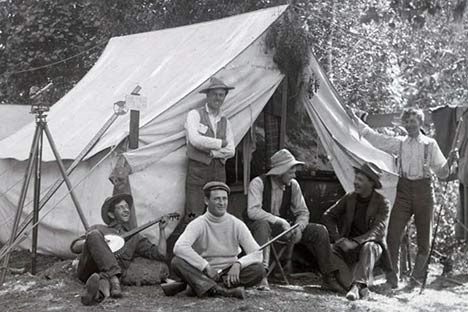
1899 - Summer sessions
Summer sessions are established to train physics and chemistry teachers. Due to their success, summer sessions soon expand in scope and attendance. -
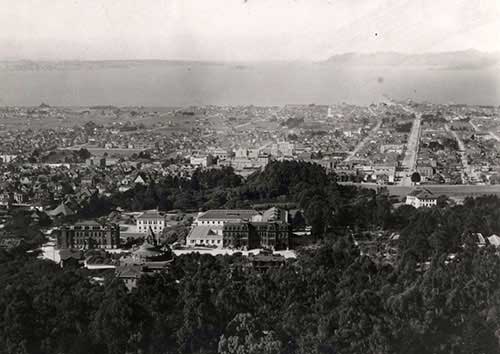
1910s - Enrollment grows
Enrollment at Berkeley reaches 10,000 in the second decade of the 20th century, making it one of the largest universities in the country. -
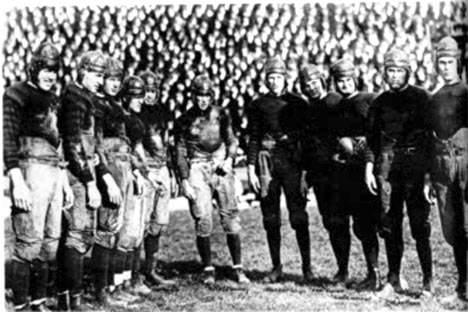
1920-1925 - Wonder teams
Coach Andy Smith’s “wonder teams” play five consecutive seasons (50 games) without a loss, one of the best records in football history. -
Women's physical education becomes an official program on campus.
-
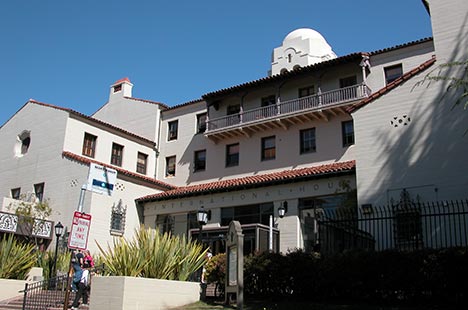
1930 - International House
International House opens. A gift from John D. Rockefeller Jr. funds the purchase of the land and construction. The University of California enrolls almost 10 percent of all international students in the United States. It is the first coeducational residence west of the Mississippi, and many object to the housing of men, women, foreigners, blacks and whites under one roof. -
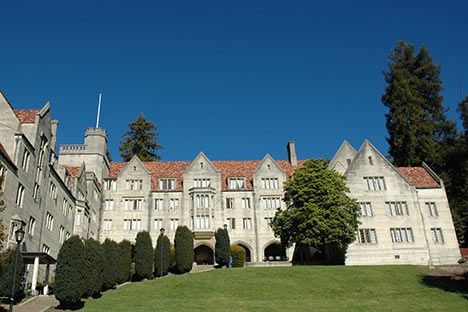
1930 - First residence hall
The first university-built and -operated residence hall, Bowles Hall, opens to students. -
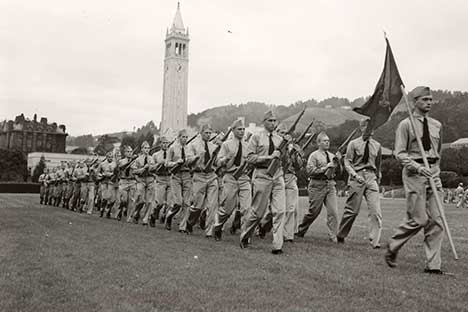
1941-1945 - World War II
The campus turns its energy to war work, and the curriculum is revised to include National Service courses. During the war, male enrollment drops more than 50 percent, and many male students are Army and Navy members in officer training programs. Women at Berkeley enjoy greater opportunities to assume leadership positions during this time. For example, the Daily Californian (student newspaper) and the Blue and Gold (yearbook) have their first female editors during these years, and women head ASUC student government. Visit the News Center to read more about Berkeley's military history. -
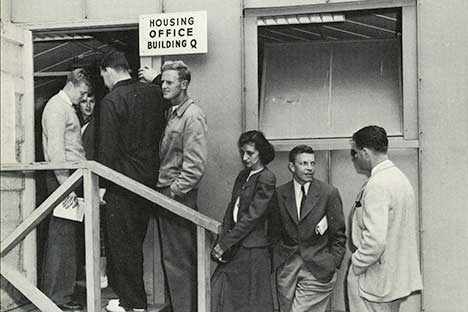
1946 - Enrollment surge
GIs returning from WWII nearly double enrollment at UC, bringing attendance to 25,000. Facilities are strained and a number of temporary buildings are built to conduct classes. -
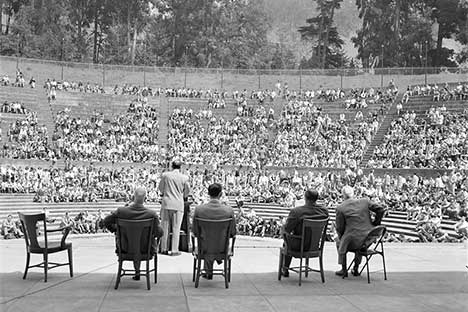
1950s - The Cold War and loyalty oath
The Cold War era sees waves of organizing at Berkeley. The targets are a campus administrative ban on socialist or communist speakers and a loyalty oath for UC employees statewide. The oath, approved by the regents in 1949, requires each faculty, staff and student employee to declare in writing that he or she is not a member of the Communist Party. A number of faculty reject the use of coercive oaths in a democracy and organize a resistance movement. The regents eventually rescind the oath and the California Supreme Court sides with those employees who refused to sign and lost their jobs. -
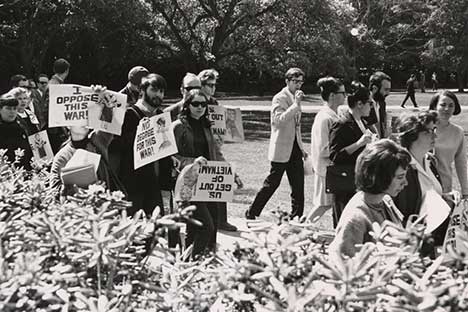
1960s-1970s - Vietnam war protests
Throughout the Vietnam war, students from UC Berkeley and other Bay Area campuses, as well as members of the community, repeatedly demonstrate against the war and the draft. After the Free Speech Movement in 1964, the Berkeley campus is in the national spotlight as a hotbed of political action. Students and community members hold marches, rallies and sit-ins over the years. At several points these demonstrations become violent clashes with law enforcement and Berkeley remains in national headlines. -
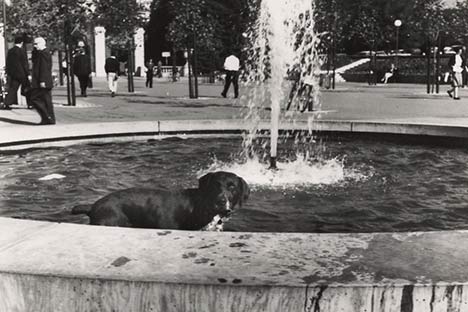
1961 - Ludwig Fountain
The regents name a fountain on Sproul Plaza after a German short-haired pointer named Ludwig von Schwanenberg who had visited it daily. -
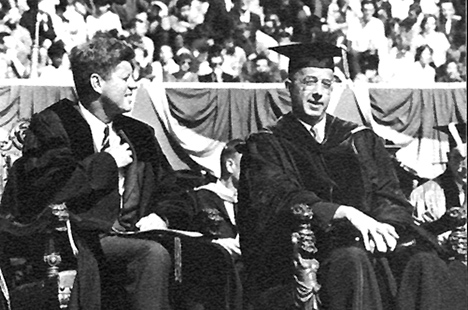
1962 - John F. Kennedy at Memorial Stadium
Shortly after the founding of the Peace Corps, President John F. Kennedy addresses 90,000 people on Charter Day in Memorial Stadium, and urges young people to join the Corps. To date, more Berkeley graduates have enlisted in the program than from any other college or university in the nation. -
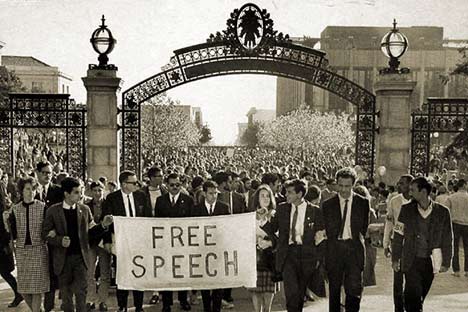
1964 - Free Speech Movement
Over the course of the fall semester of 1964, students and university administrators clash over the right to advocate for political causes on the Berkeley campus. Mario Savio and other students are suspended, hold rallies and go on strike as Free Speech Movement leaders and the administration trade demands and responses. -
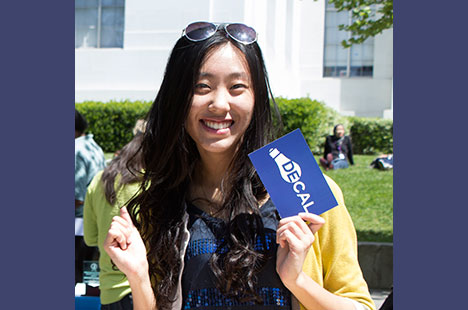
Late 1960s - DeCal classes
In response to student interest an innovative program of student-initiated courses launches, known as the Program for Democratic Education at Cal or DeCal. Students also win an expanded role in university governance. Today students participate in Academic Senate committees and have a Student Regent, which is a voting seat on the UC Board of Regents. -
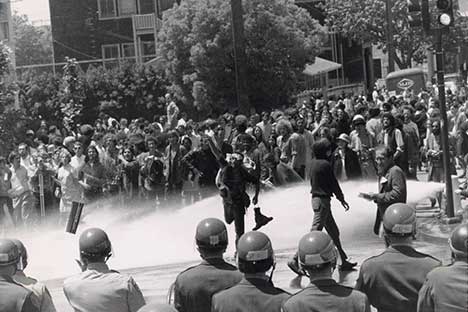
1969 - People's Park protests
Students protest the development plans of a three-acre lot south of campus. The University had purchased the land in 1967 with plans to demolish existing residences and build an athletic field and student housing on the site. After demolishing the existing structures, the lot sat vacant for over a year. A group of student activists and community members planned to turn the lot into a public park, but these plans were not approved by university administration. Students and community members protest further development, and confrontations with law enforcement become violent. Gov. Ronald Reagan, who campaigned on a promise to “clean up” the student unrest at Berkeley, eventually sends National Guard troops to quell the confrontation. -
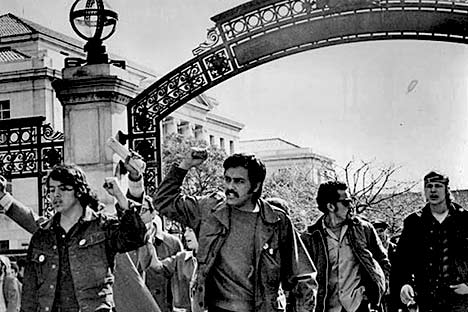
1969 - Ethnic studies department
A nine-week strike by campus students leads to the creation of an ethnic studies department. Student organizer Jean Quan, who in 2011 would become mayor of Oakland, teaches the first class on Asian women. -
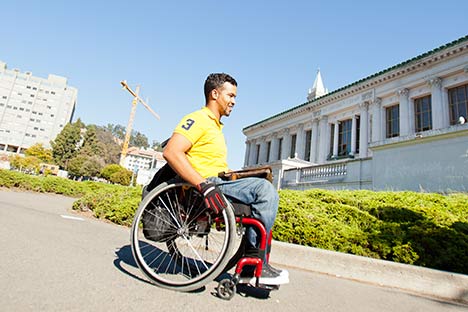
1970 - Disabled students program
The Physically Disabled Students Program is established, offering comprehensive services designed and provided by people with disabilities themselves. Two years later, some go on to found the Center for Independent Living -- a first-of-its-kind self-help organization modeled on the principles of the campus program -- and to play a key role in efforts to enshrine their civil rights in federal legislation, such as the 1990 Americans with Disabilities Act. -
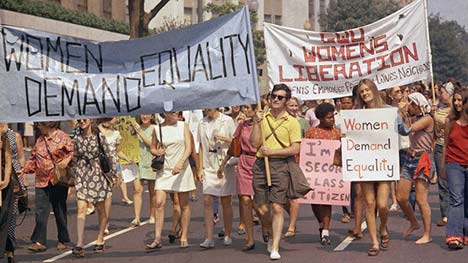
1972 - Campus women organize and demonstrate
Feminist organizing leads to the launch of the campus women’s center. Women also organize to demand childcare services for students and faculty parents, leading the ASUC student association to provide student parents with space for a daycare facility. The campus later institutionalizes that service with childcare programs for student parents, faculty and staff. -
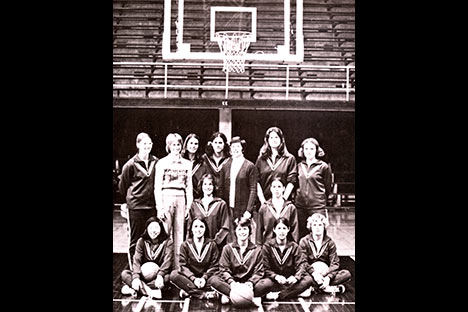
1976 - Women's programs
The UC Berkeley’s Women’s Studies Program is established. It is now known as the Department of Gender and Women’s Studies. The women’s intercollegiate athletics department is also established in 1976, and the first athletic scholarships for women are awarded the following year. -
Cal beats Stanford at the Big Game with “The Play,” a five-lateral kickoff return for a touchdown as the clock runs out.
-
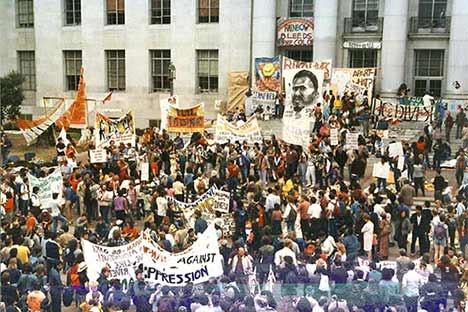
1986 - Divestment in South Africa
Student activists score a victory in the fight against apartheid in South Africa after months of demonstrations. The UC Board of Regents votes to divest all UC holdings in South Africa. -
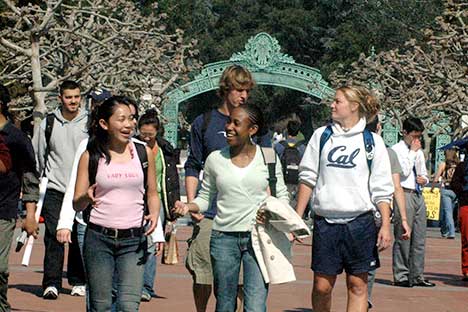
1988 - Student-body diversity
For the first time, no ethnic group forms a majority among undergraduates at Berkeley. -
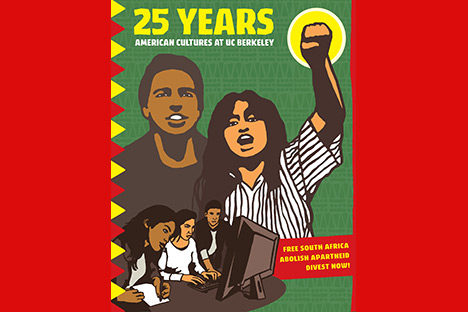
1989 - American Cultures requirement
Campus faculty approve the American Cultures requirement, making a course that examines the experiences in and contributions to American culture of a mix of ethnic groups a requirement for all undergraduate students. Faculty call it “the great educational experiment of the 1990s.” -
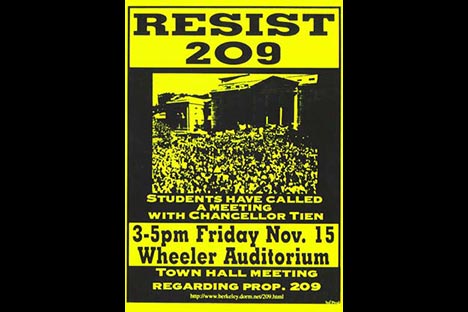
1996 - Proposition 209
California voters approve Proposition 209, overturning affirmative action programs statewide as well as affirmative action tools that UC had used to recruit students from diverse backgrounds. Students organize and demonstrate against the measure. Soon after Prop. 209 takes effect, admissions of Chicano/Latino, African American, and Native American students decline. -
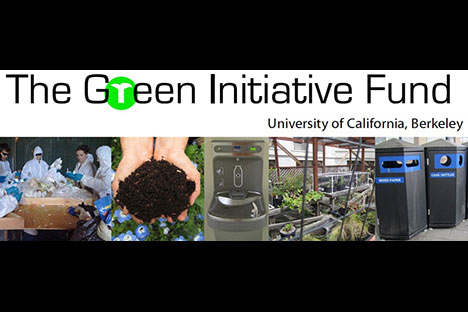
2006 - The Green Initiative Fund
The Green Initiative Fund is created via a student fee referendum on the ballot during UC Berkeley’s ASUC elections. Students create the charter and fee system by which TGIF operates. TGIF provides funding for projects that improve and support campus sustainability efforts including transportation, increased energy and water efficiency, restored habitats, promotion of environmental and food justice, and reducing the amount of waste created by UC Berkeley. -
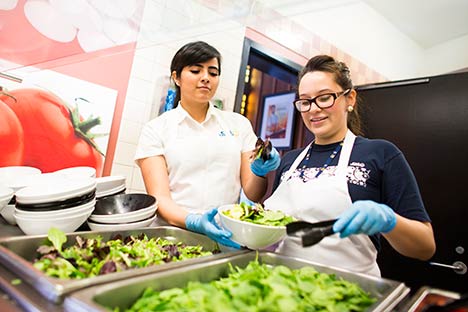
2006 - First certified organic college dining hall
Berkeley's Crossroads dining hall becomes the first certified organic kitchen on an American college campus. -
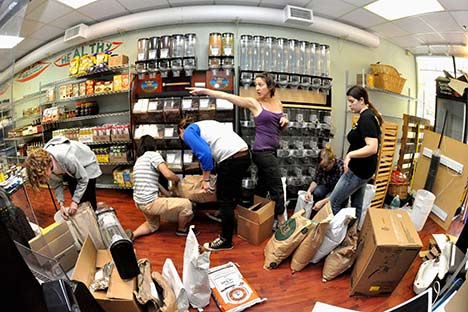
2010 - Student food collective
Berkeley students derail the arrival of Panda Express near campus, and instead opt to create an alternative for convenient food — a market that provides local, sustainable, healthful foods. The Berkeley Student Food Collective offers fresh and organic foods, most grown within 150 miles of the campus. -

2010 - Campaign for Lower Sproul
Graduate and undergraduate student leaders negotiate a groundbreaking agreement to rebuild Lower Sproul Plaza. The ASUC, which controls operations in both the MLK Jr. Student Union and in Eshleman Hall, agree to share revenues from retail businesses in Lower Sproul with the graduate students. The pact, along with a ballot measure to increase student fees, makes the renovation possible. -
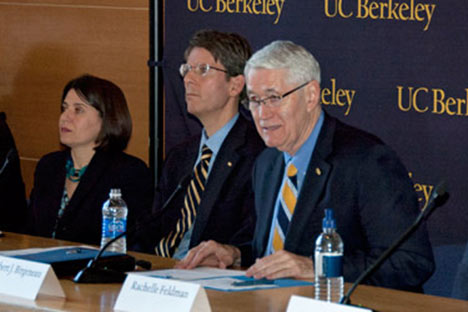
2011 - Berkeley Middle Class Access Plan
For families whose gross income ranges from $80,000 to $140,000 annually, the Berkeley MCAP (Middle Class Access Plan) caps the contribution parents make toward the total annual cost of a UC Berkeley student’s education. The initiative is the first program in the nation at a public university to extend comprehensive financial aid to this category of middle-class families. -
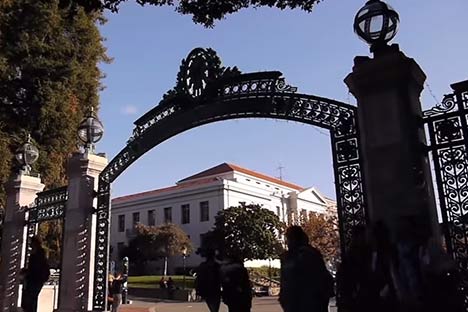
2012 - Undocumented student scholarship fund
UC Berkeley takes the DREAM act a step further by announcing a $1 million scholarship funded by the Evelyn and Walter Haas Jr. Fund for undocumented students. The program is unprecedented in the nation. -
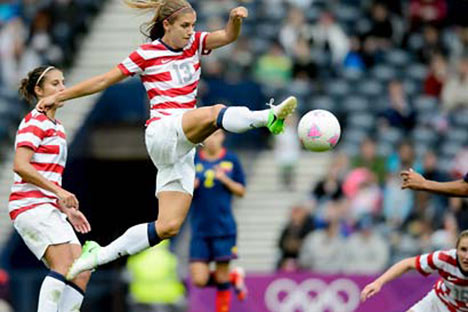
2012 Summer Olympics
The Golden Bears earn 17 medals -- 11 gold, one silver and five bronze. If UC Berkeley were its own country, it would be sixth in the world for the number of gold medals earned, tying with France and Germany. The school’s overall count of 17 medals ranks it third among U.S. universities, behind the University of Southern California and the University of Florida. -
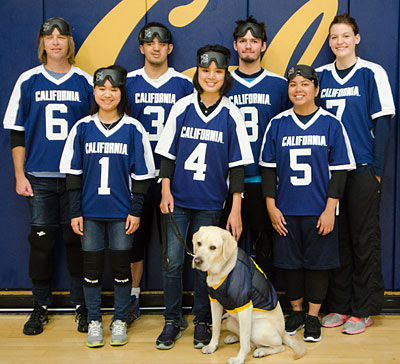
2014 - First competitive college athletic team for blind students
Seven students form the first competitive blind college athletic team in the nation. These blind students play Goalball, an all-year team sport designed for the visually impaired in which players compete in teams of three and try to hurl a heavy rubber ball into the opponents’ goal. Players communicate with each other by tapping the floor with their hands and calling out a teammate’s name to pass the ball.
-
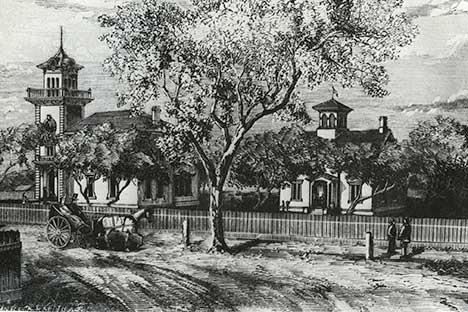
1868 - Founding of the university
Following the gold rush that brought hundreds of thousands of people to the state, the University of California is founded when two institutions merge - the private College of California in Oakland, and a new state land-grant institution, the Agricultural, Mining and Mechanical Arts College. Leaders of the two institutions decide to join the two schools. A mere 10 faculty members and 40 students make up the new university when it opens. -
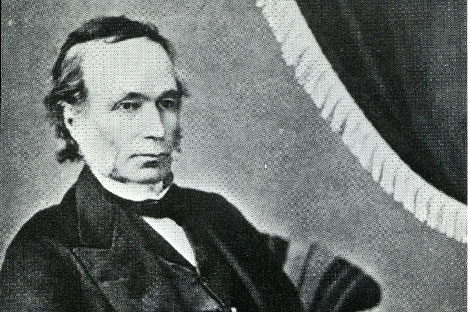
1870 - University president Henry Durant
In 1853, Durant came to California and founded the Contra Costa Academy as a private school for boys. In 1855, the school was chartered as the College of California, which later merged with the state of California’s Agricultural, Mining and Mechanical Arts College to create the University of California in 1868. Durant was elected the first president of the University of California in 1870 and resigned two years later. He would later be elected the 16th mayor of Oakland. -
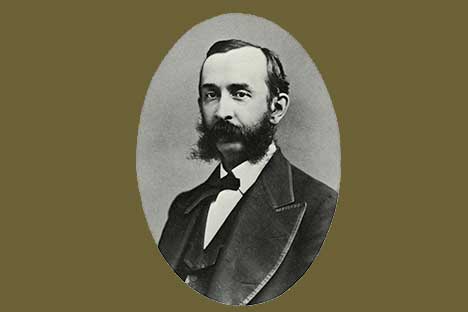
1872 - University president Daniel Coit Gilman
Gilman was instrumental in founding the Sheffield Scientific School at Yale College, and served as the second president of the University of California, the first president of Johns Hopkins University and the founding president of the Carnegie Institution. During his administration as UC president, Gilman focused on fostering instruction and research, and believed the role of a research university was to “extend, even by minute accretions, the realm of knowledge.” -
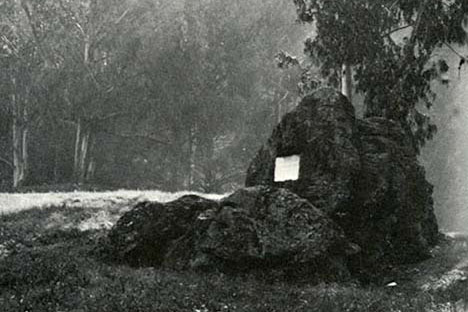
1873 - University moves to Berkeley
The University, first founded on the Oakland site of the College of California, has close to 200 students and moves to the new campus in Berkeley on land adjoining Strawberry Creek. -
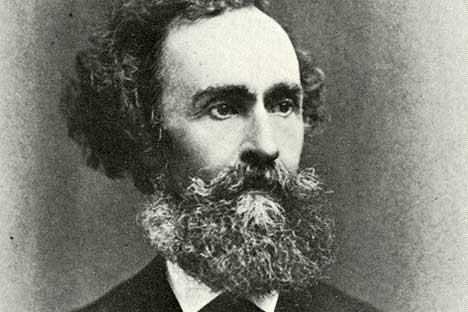
1875 - University president John LeConte
John LeConte studied medicine at the New York College of Physicians and Surgeons and earned his M.D. in 1842. He practiced medicine until 1846, then taught physics and chemistry at the University of South Carolina in Columbia. In March 1869 he moved to Oakland, California, to join the faculty of the University of California as a professor of physics. In June 1869 he was appointed acting president of the university, and served until 1870. In 1875 LeConte was appointed acting president a second time, was the elected president and served until 1881. -
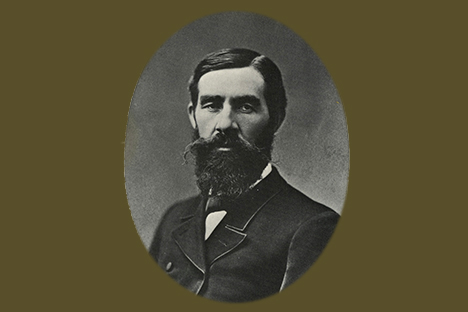
1881 - University president William Thomas Reid
William Thomas Reid served in the Civil War and then attended Harvard University, graduating in 1868, before becoming president of the University of California in 1881. During his tenure he strengthened admission requirements and instituted a plan whereby graduating high school seniors could be admitted without taking an examination. -

1882 - First sports team
Cal’s first sports team is established on campus. They call it football, but the sport they play is what we know today as rugby. -
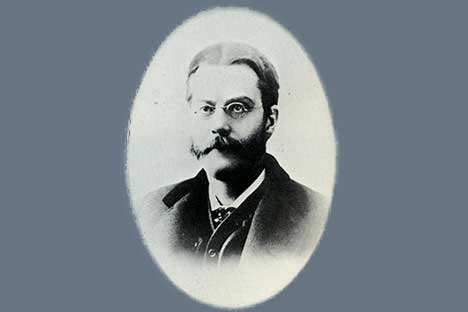
1885 - University president Edward Holden
Edward Holden attended Washington University in St. Louis and later trained at West Point in the class of 1870. In 1873 he became a professor of mathematics at the U.S. Naval Observatory, and was elected a member of the American National Academy of Sciences in 1885. He was president of the University of California from 1885 until 1888, and the first director of the Lick Observatory. While at the Lick Observatory he was the founder of the Astronomical Society of the Pacific and its first president. -
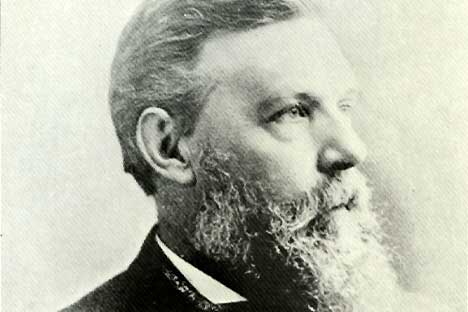
1888 - University president Horace Davis
Horace Davis graduated from Harvard University in 1849, and went on to study law at Harvard. In 1852 Davis sailed to San Francisco around Cape Horn, and spent some time as a gold miner, a lumber surveyor and a purser for the Pacific Mail Steamship Company. He helped found the oldest public library in California, and also founded two successful companies, Golden Gate Flouring Mills and the Sperry Flour Company. During the Civil War he served in the Home Guard to secure the loyalty of California to President Lincoln and the election of Leland Stanford as governor of California. He later served in the U.S. House of Representatives. He was elected president of University of California in 1888. -
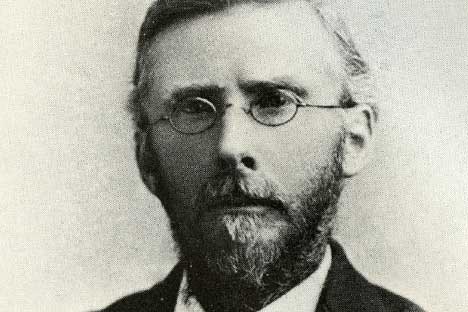
1890 - University president Martin Kellogg
Martin Kellogg graduated from Yale as valedictorian in 1850. He was ordained as a missionary and served as a pastor in California in Shasta, Grass Valley and Oakland starting in 1861. Kellogg became the first member of the Academic Senate of the University of California in 1868, and became president of the university in 1890. -
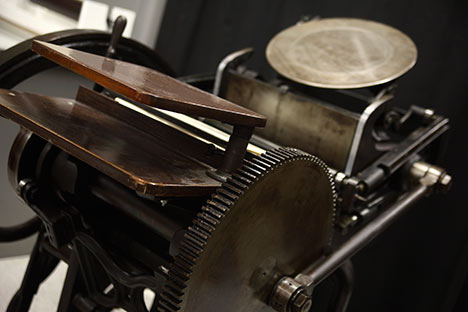
1893 - The University of California Press
The University of California Press is established and publishes its first book. Its primary function is to publish books and academic papers written by the faculty of the university. -
Financial aid is made available for “needy and deserving” students. More than a century later, UC Berkeley continues to provide broad access for students of all means - educating more federal Pell Grant recipients from low-income families than all eight Ivy League universities combined.
-
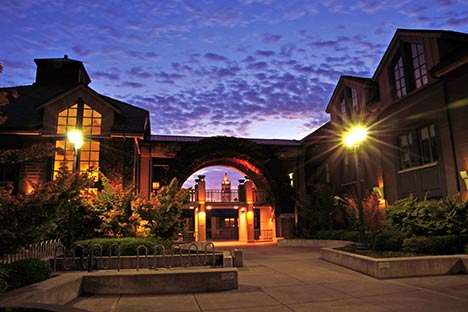
1898 - First College of Commerce at a public university
The College of Commerce is established at Berkeley, the nation’s first college of commerce at a public university. Today it is known as the Haas School of Business. -

1899 - Summer sessions
Summer sessions are established to train physics and chemistry teachers. Due to their success, summer sessions soon expand in scope and attendance. -
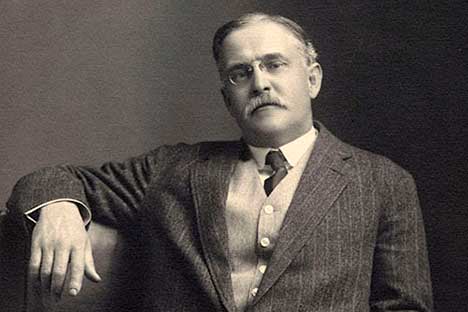
1899 - University president Benjamin Ide Wheeler
Wheeler's 20-year presidency ushered in the “golden years” of growth and distinction for the university. Finances stabilized, library and scholarship funds were created and Wheeler attracted research grants and a distinguished faculty. The university's reputation grew and campus museums were established in anthropology, vertebrate zoology and paleontology, as well as the Bancroft Library, specializing in western U.S. history. -
The linguistics department is established at the University of California. It is the first linguistics department in the Western Hemisphere.
-
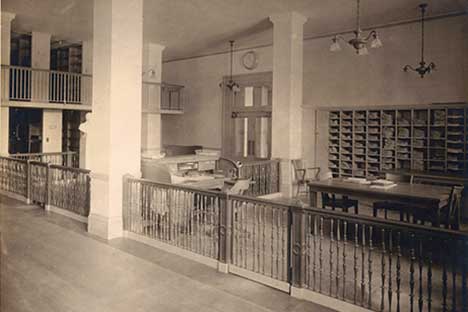
1905 - Bancroft historical materials
The university purchases a collection of western Americana and Spanish-American historical materials from Hubert Howe Bancroft to be installed in the fledgling Bancroft Library. It is now one of the world’s outstanding collections of historical material. -
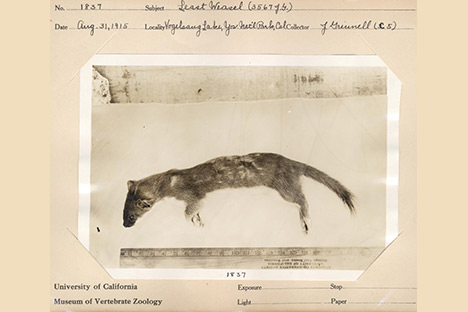
1908 - Museum of Vertebrate Zoology
Annie Montague Alexander, fossil hunter and paleontology enthusiast, donates funds to create the University of California’s Museum of Vertebrate Zoology. -
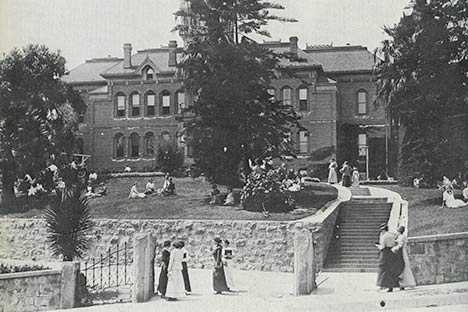
1919 - Statewide university system
A southern branch of the University of California opens in Los Angeles, initiating a statewide university system. Today there are 10 campuses across California. -
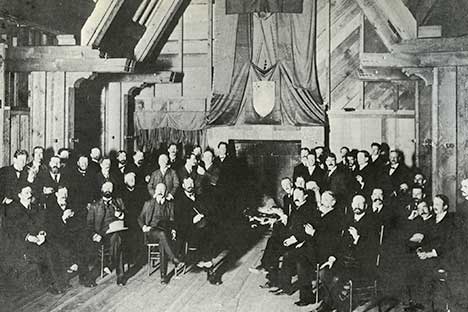
1920s - First Academic Senate
Collectively, Berkeley professors came together in the early 1920s to instigate a “faculty revolt,” which ultimately secured for the Academic Senate an unprecedented role in shared governance of the Berkeley campus. That tradition has kept the Berkeley faculty independent, outspoken and powerful in the formation of academic policy. -
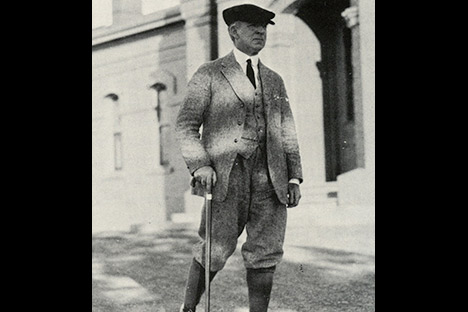
1923 - University president William Wallace Campbell
Campbell studied civil engineering at the University of Michigan, where he developed an interest in astronomy. After graduating he taught mathematics at the University of Colorado and astronomy at the University of Michigan. In 1891 he was invited to the Lick Observatory to work on spectroscopy, where he cataloged the radial velocities of stars. He was director of the Lick Observatory from 1901 to 1930, and president of the University of California from 1923 to 1930. -

1930 - First residence hall
The first university-built and -operated residence hall, Bowles Hall, opens to students. -

1950s - The Cold War and loyalty oath
The Cold War era sees waves of organizing at Berkeley. The targets are a campus administrative ban on socialist or communist speakers and a loyalty oath for UC employees statewide. The oath, approved by the regents in 1949, requires each faculty, staff and student employee to declare in writing that he or she is not a member of the Communist Party. A number of faculty reject the use of coercive oaths in a democracy and organize a resistance movement. The regents eventually rescind the oath and the California Supreme Court sides with those employees who refused to sign and lost their jobs. -
The UC system is restructured, creating chancellor positions for the campuses at Los Angeles and Berkeley. Industrial-relations specialist Clark Kerr is appointed Berkeley's chancellor. He later became UC president and chief architect of the California Master Plan for Higher Education.
-
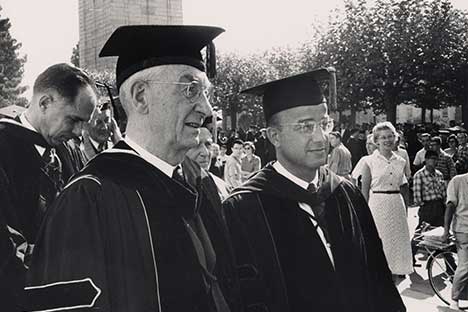
1952 - First chancellor of UC Berkeley, Clark Kerr
Clark Kerr becomes the first chancellor of UC Berkeley after a systemwide decision that each campus would have its own. In his tenure, Kerr began planning space that would become the heart of the campus, such as student housing, the student union and dining commons, and Zellerbach Hall. He later serves as president of the University of California from 1958 to 1967. He was chief architect of the master plan that has guided California public higher education since 1960. -
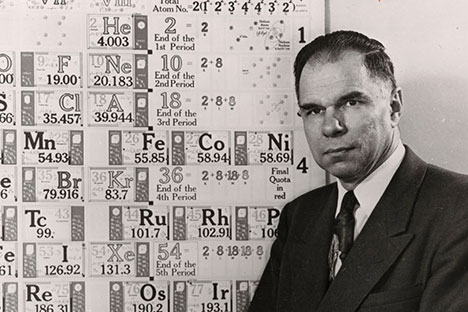
1958 - Chancellor Glenn T. Seaborg
Nobel laureate Glenn T. Seaborg begins a three-year-term as chancellor. In this term he plans for the Lawrence Hall of Science, and creates the Department of Intercollegiate Athletics. As a scientist, he co-discovered plutonium-238 and -239, as well as nine other elements beyond uranium in the periodic table, and was an adviser on national science policy to 10 U.S. presidents. He left the chancellorship when President Kennedy appointed him chair of the Atomic Energy Commission. -
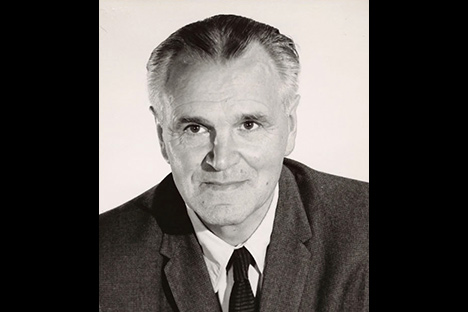
1961 - Chancellor Edward W. Strong
Edward W. Strong begins a four-year tenure as chancellor. He helps secure major donations for improvements to International House and the collection of the Bancroft Library. Latimer, Barrows, Wurster and Etcheverry halls are completed during his tenure. He resigned his position as chancellor following the Free Speech Movement in the fall of 1964, which brought with it three months of student protest and campus disruption. -

1964 - Free Speech Movement
Over the course of the fall semester of 1964, students and university administrators clash over the right to advocate for political causes on the Berkeley campus. Mario Savio and other students are suspended, hold rallies and go on strike as Free Speech Movement leaders and the administration trade demands and responses. -
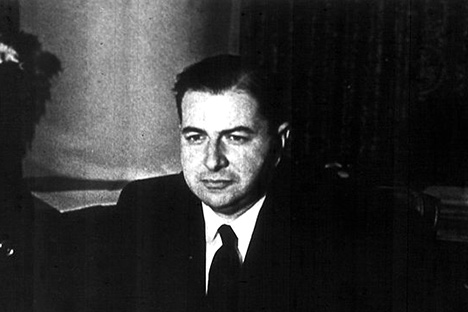
1965 - Chancellor Martin E. Meyerson
Martin E. Meyerson serves as acting chancellor for six months following the Free Speech Movement and the resignation of Edward Strong. He joined the Berkeley faculty in 1963 as dean of the College of Environmental Design. As acting chancellor, he aides efforts to promote more effective teaching and improve relationships among students, faculty and administrators in the wake of the FSM. -
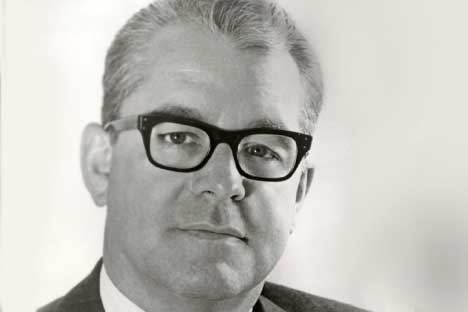
1965 - Chancellor Roger W. Heyns
A psychologist from the University of Michigan, Roger W. Heyns comes to Berkeley as chancellor. He sets goals to re-establish the credibility of campus leadership, assure that political activities did not interfere with teaching and research, strengthen campus staff, and improve students’ educational experience. He establishes the office of the student ombudsman and the Educational Opportunity Program, one of the nation’s first student affirmative action programs. Heyns was the first chancellor to live on campus in University House. -
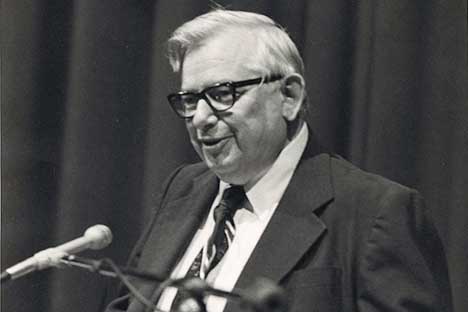
1971 - Chancellor Albert H. Bowker
Albert H. Bowker becomes chancellor after a career on the faculty at Stanford University and eight years as chancellor of the City University of New York. His administration at Berkeley is marked by tightening budgets for the state and the University, leading Bowker to establish the UC Berkeley Foundation major fundraising programs for the campus. Private funds are raised for the Bechtel Engineering Center and an addition to Minor Hall. The Women’s Intercollegiate Athletics program is also established during his tenure. -
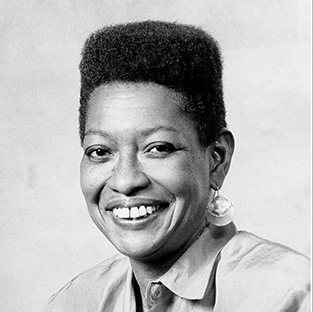
1978 - First black woman granted tenure, Barbara Christian
Barbara Christian, pioneering scholar of African American literary feminism, becomes the first black woman to be granted tenure at Berkeley. In 1986 she becomes the first in the UC system to be promoted to full professor. -
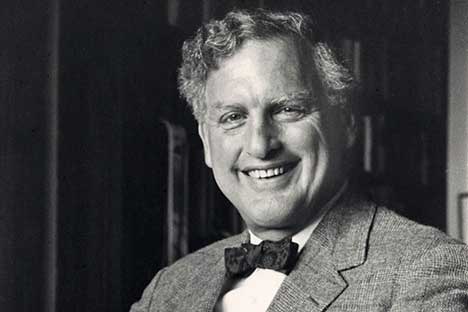
1980 - Chancellor Ira Michael Heyman
Ira Michael Heyman becomes chancellor. In his decade of leadership, the campus sees a dramatic increase in the number of undergraduate students of color, a change that Heyman called a “service” to California higher education. Aging research facilities are also replaced or improved during his administration. Academic programs in the biosciences are restructured to reflect and foster new fields in biology and biotechnology, and four bioscience buildings are completed or begun. As state budgets for the university continue to shrink, Heyman leads an effort to triple private giving to the campus. -

1989 - American Cultures requirement
Campus faculty approve the American Cultures requirement, making a course that examines the experiences in and contributions to American culture of a mix of ethnic groups a requirement for all undergraduate students. Faculty call it “the great educational experiment of the 1990s.” -
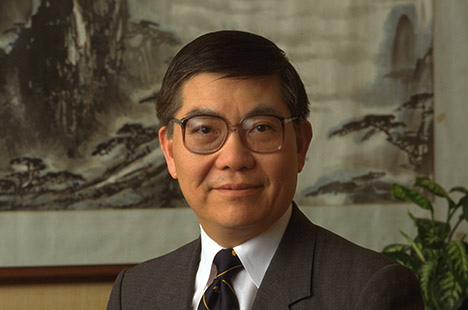
1990 - Chancellor Chang-Lin Tien
An outspoken voice for equal opportunity in higher education, Chang-Lin Tien makes “Excellence through Diversity” the motto his administration at Berkeley. He succeeds in preserving the campus’s preeminence despite a multi-year state budget crisis and the loss of 27 percent of the faculty to early retirement incentives. He also preserves diversity in the face of affirmative action bans by the regents and California voters. Tien was a national leader in higher education and a much-loved figure on campus for his energy, enthusiasm and regard for students. Tien was the first Asian American to head a major research university. -
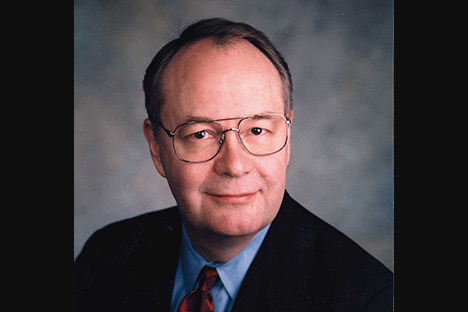
1997 - Chancellor Robert M. Berdahl
As chancellor, Robert M. Berdahl oversees an unprecedented rebuilding and seismic renovation of the campus, helps the University Library regain its national preeminence, and undertakes significant planning for academic programs and facilities. During Berdahl’s tenure, nearly $900 million in campus retrofits and renovations are completed or launched. Berdahl reorganizes campus leadership to improve undergraduate education, and supports the creation of new research efforts in the health sciences, information technology and quantitative biomedicine. He also oversees the greatest growth in private philanthropy in the university’s history. -
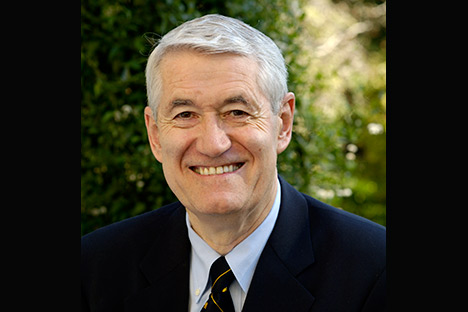
2004 - Chancellor Robert J. Birgeneau
Robert J. Birgeneau becomes chancellor of UC Berkeley after serving as president of the University of Toronto for four years. He was on the Yale faculty for one year and spent a year at Oxford University. Birgeneau was a member of the technical staff at Bell Laboratories from 1968 to 1975, then joined the Massachusetts Institute of Technology as a professor of physics. In his 25 years at MIT he served as chair of the physics department and later as dean of science. During his administration the campus initiates the Middle Class Access Plan to extend financial aid to middle-class students, and the undocumented student scholarship fund. -
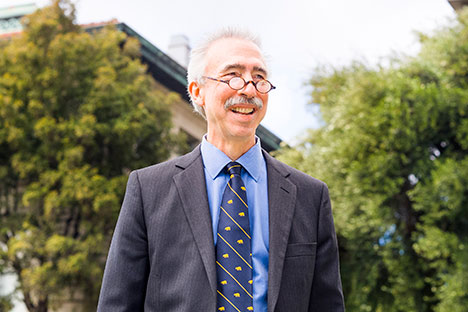
2013 - Chancellor Nicholas B. Dirks
Nicholas Dirks becomes the 10th chancellor of UC Berkeley. An internationally renowned historian and anthropologist, he is a leader in higher education and well-known for his commitment to, and advocacy for, accessible, high-quality undergraduate education in the liberal arts and sciences. Before coming to Berkeley he was executive vice president for the arts and sciences and dean of the faculty at Columbia University. -
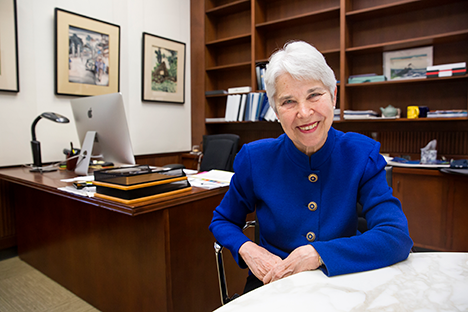
2017 - Chancellor Carol T. Christ
Carol Tecla Christ begins her term as the 11th chancellor of the University of California, Berkeley on July 1, 2017. A celebrated scholar of Victorian literature, Christ spent more than three decades as a professor and administrator at UC Berkeley before serving as president of Smith College, one of the country’s most distinguished liberal arts colleges, from 2002 to 2013. She is well known as an advocate for quality, accessible public higher education, a proponent of the value of a broad education in the liberal arts and sciences, and a champion of women’s issues and diversity on college campuses. She is the first female chancellor of Berkeley.
-
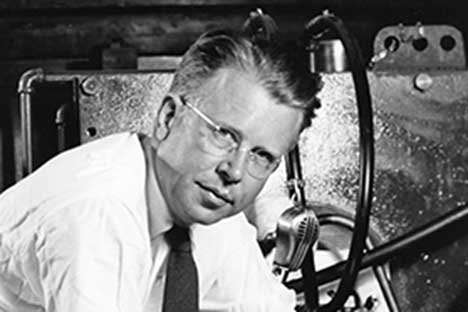
1939 - Ernest Lawrence, Nobel Prize in Physics
Ernest Lawrence receives a Nobel Prize for his work on the cyclotron, becoming the first of 25 Berkeley faculty members to date to garner a Nobel Prize, and the first Nobelist at a public university. -
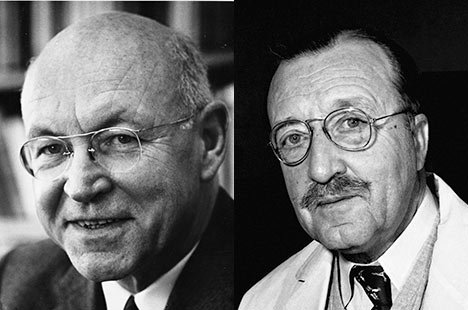
1946 - John Howard Northrop and Wendell Stanley, Nobel Prize in Chemistry
Northrop isolates a pure enzyme for the first time in history, and Stanley isolates a virus. These discoveries pave the way for such profound achievements as the conquest of polio and charting the human genome. -
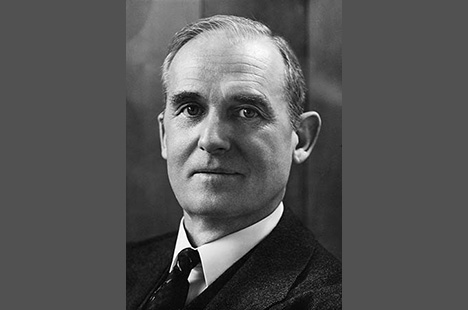
1949 - William Giauque, Nobel Prize in Chemistry
In 1933, after countless hours in the laboratory, William Giauque reached below Absolute Zero for the first time in history using a magnetic refrigeration system he invented. Giauque’s trailblazing work proves one of the most basic laws of nature and leads to stronger steel, better gasoline, and more efficient processes in several industries. -
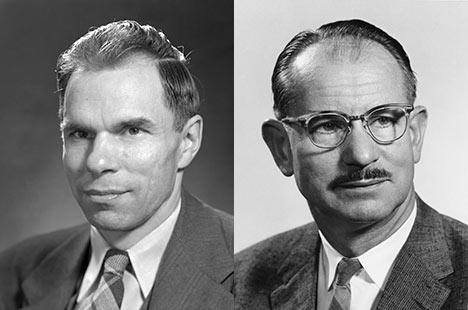
1951 – Glenn Seaborg and Edwin McMillan, Nobel Prize in Chemistry
Edwin McMillan discovered the element neptunium in 1940. Later, Glenn Seaborg continued McMillan’s studies on the transuranium elements and in 1942 he discovered plutonium, a highly radioactive element. Seaborg and his co-workers would go on to discover eight more rare-earth elements and a host of valuable medical isotopes, including iodine-131. -
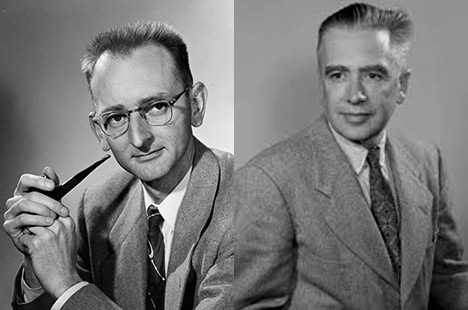
1959 – Owen Chamberlain and Emilio Segrè, Nobel Prize in Physics
In the period following World War II, the existence of the anti-proton, the atomic particle that would prove nature’s symmetry, still eluded scientists. In 1955, using Berkeley’s powerful new atom smasher, Owen Chamberlain and Emilio Segrè discover the anti-proton. This discovery signals a major leap in the study of matter and anti-matter. -
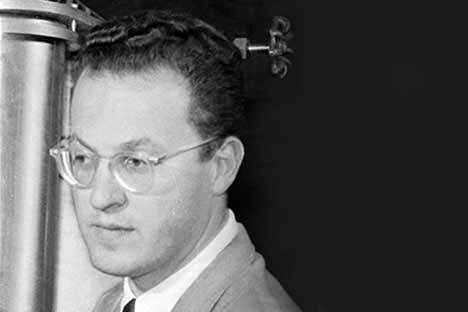
1971 - Birth of biotech
During the early 1950s, physicist Donald Glaser noticed the track left by a stream of bubbles in a bottle of beer. This observation led to the invention of the bubble chamber. Glaser’s invention allowed scientists to track the movement of atomic particles and marked an important step in the exploration of the structure of matter. -
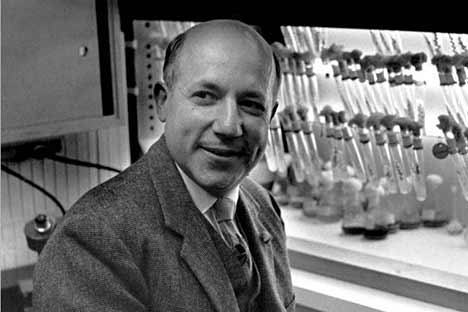
1940s - Carbon 14 and photosynthesis
Chemist Melvin Calvin explored life’s processes using the carbon-14 isotope discovered in Lawrence’s cyclotron. After a long and complex search, Calvin revealed the complete path of carbon in photosynthesis to explain how plants convert sunlight to food. He would go on to develop a leading center for the study of cancer, the brain, solar energy and the origins of life by incorporating the interdisciplinary style of Lawrence’s radiation laboratory. -
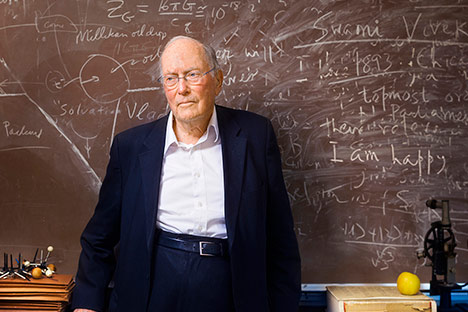
1964 – Charles Townes, Nobel Prize in Physics
Physicist Charles Townes began his research into the properties of light after designing radar systems during World War II. Working with his brother-in-law, Townes conceived the idea for amplifying light into an intense beam that could penetrate the hardest materials on Earth. This would lead to the development of the laser, a tool that has revolutionized industry, medicine, communications and astronomy. -
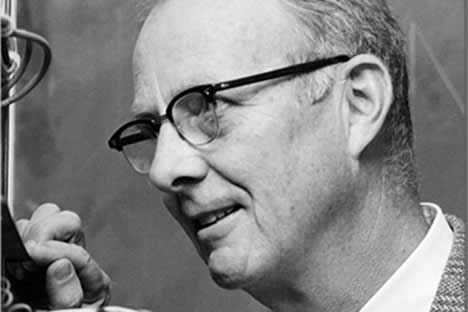
1968 – Luis Alvarez, Nobel Prize in Physics
The bubble chamber, invented by Donald Glaser, captured the imagination of scientist Luis Alvarez, who recognized its great value to physics and set out to improve its design. He substituted hydrogen for ether, which produced a clearer track of speeding particles. This hydrogen bubble chamber would vastly increase our knowledge of the atom, and change the course of nuclear science. -
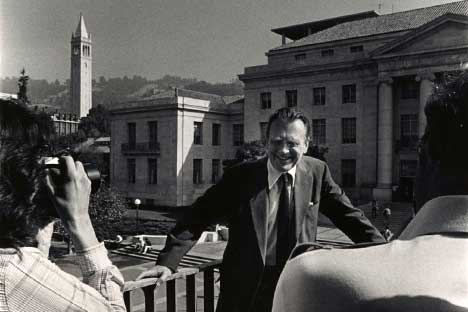
1980 – Czeslaw Milosz, Nobel Prize in Literature
A native of Poland who obtained political asylum in France before becoming a Berkeley professor in 1961, Czeslow Milosz's work was prohibited by Poland’s communist government. The ban falls apart when Milosz is awarded the Nobel Prize in 1980 and he becomes a national hero in his homeland. Later, Milosz’s poems would be placed on the monument to fallen shipyard workers in Gdańsk. -
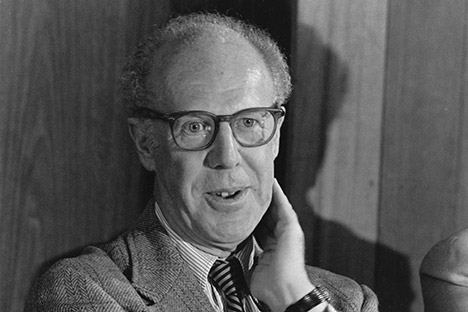
1983 – Gerard Debreu, Nobel Prize in Economics
In a decentralized market, self-interest guides consumers in the choices they make. Economist Gerard Debreu’s mathematical models provide the theoretical structure to explain the law of supply and demand. Through the work of Debreu and others, the conditions of the “invisible hand” in the marketplace are clarified. -
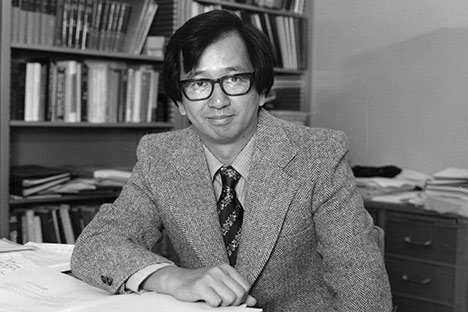
1986 – Yuan T. Lee, Nobel Prize in Chemistry
Yuan Lee designed experiments with molecular beam devices that sent streams of intensely packed molecules into each other at supersonic speeds. Scientists were then able to view chemical reactions and discover how and why they took place. This knowledge has contributed to today’s powerful lasers. -
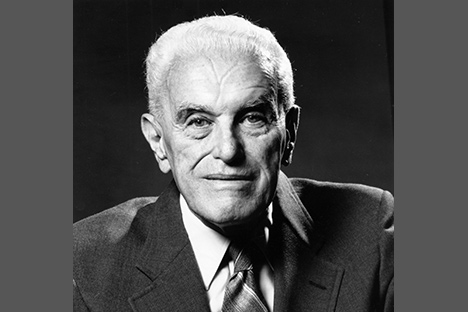
1994 – John Harsanyi, Nobel Prize in Economics
Economist John Harsanyi hoped his research could improve social welfare and lead to world peace. In this quest, Harsanyi expanded the application of game theory — a mathematical theory of human behavior in competitive situations — to economic and political conflicts such as arms control. Harsanyi’s contribution to game theory would address the prediction of outcomes in games or circumstances in which players lack complete information about each other or the rules of the game. -
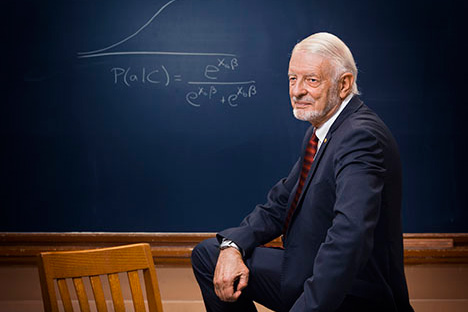
2000 – Daniel McFadden, Nobel Prize in Economics
A deep interest in social welfare drives the pioneering research of Daniel McFadden. His econometric methods for studying behavioral patterns in individual decision-making earned him the Nobel Prize. Applications of McFadden’s statistical tools include predicting BART’s initial ridership and measuring the economic damage to individuals from an oil spill. -
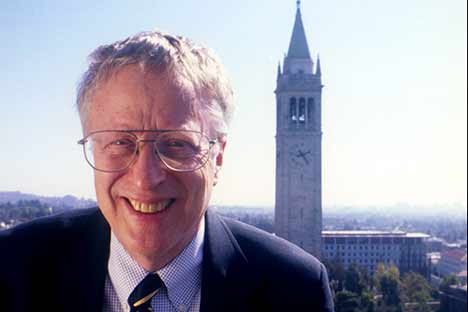
2001 – George Akerlof, Nobel Prize in Economics
Macroeconomist George Akerlof broke with established economic theory in illustrating how markets malfunction when buyers and sellers have access to different information. He explored this idea in a landmark 1970 study on the role of asymmetric information in the market for “lemon” used cars. The work has had far-reaching applications in such diverse areas as health insurance, financial markets, employment contracts and unemployment. -
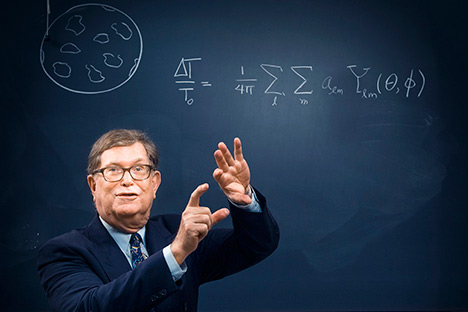
2006 – George Smoot, Nobel Prize in Physics
Astrophysicist George Smoot headed a team that was able to image the infant universe, revealing its newborn form and the patterns that have shaped the universe ever since. Smoot’s work helped to change the nature of the quest to understand the origin and evolution of the universe. Historically, cosmology had been essentially a theoretical field. Smoot is one of the first pioneering astrophysicists to devise ways to conduct experiments that produce data and information about the early universe. -
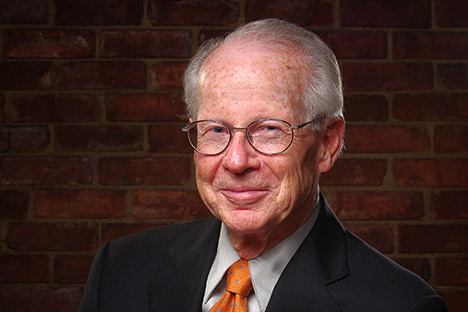
2009 – Oliver Williamson, Nobel Prize in Economics
A co-founder of the field of New Institutional Economics, Oliver Williamson’s research on economic governance, especially the “boundaries of the firm,” opened an analytic window into the “make or buy” decisions that all businesses face. -
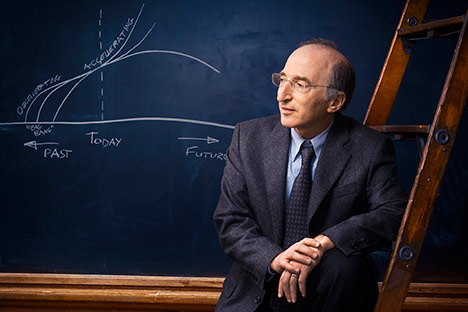
2011 – Saul Perlmutter, Nobel Prize in Physics
Saul Perlmutter won the 2011 Nobel for leading a team that discovered the accelerating expansion of the universe, and implied the existence of a mysterious dark energy that makes up 75 percent of the universe. -
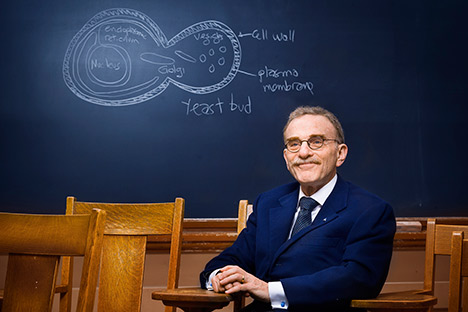
2013 – Randy Shekman, Nobel Prize in Physiology or Medicine
Randy Schekman discovered how cells export proteins. This finding, which allowed the production and secretion of drugs by yeast cells, has sparked a biotech revolution. -
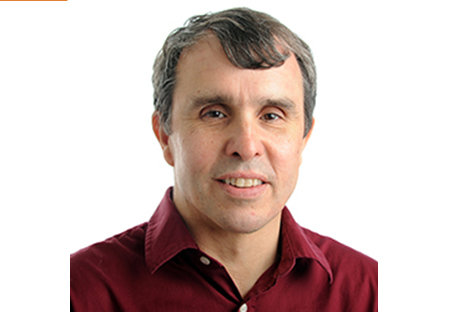
2014 – Eric Betzig, Nobel Prize in Chemistry
Eric Betzig won the 2014 Nobel Prize in chemistry for developing super-resolution fluorescence microscopy, which allows scientists to look inside cells and visualize the pathways of individual molecules, including those involved in disease. -
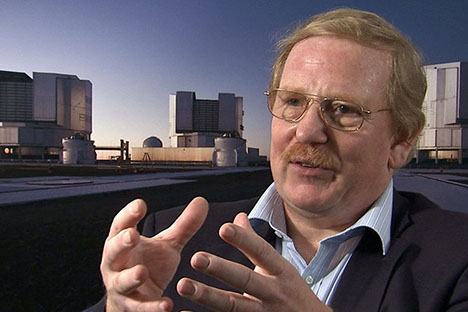
2020 – Reinhard Genzel, Nobel Prize in Physics
Reinhard Genzel won the 2020 Nobel Prize in Physics for discovery of a supermassive compact object at the center of our galaxy: a black hole 4 million times the mass of our sun. -
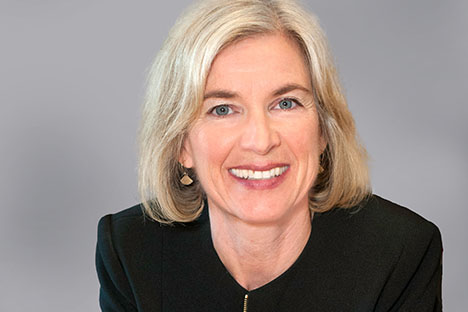
2020 – Jennifer Doudna, Nobel Prize in Chemistry
Jennifer Doudna won the 2020 Nobel Prize in Chemistry, sharing it with colleague Emmanuelle Charpentier for the co-development of CRISPR-Cas9, a genome editing breakthrough that has revolutionized biomedicine. -
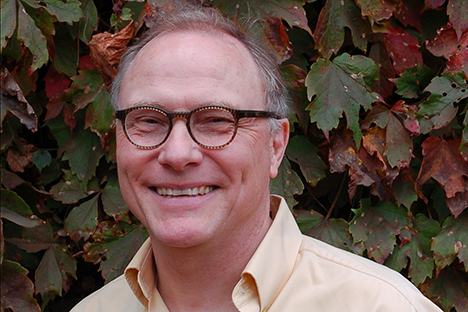
David Card, Nobel Prize in Economics
David Card won the 2021 Nobel Memorial Prize in Economic Sciences for work that challenged orthodoxy and dramatically shifted understanding of inequality and the social and economic forces that impact low-wage workers. He was awarded half the prize, with the other half shared by economists Joshua Angrist of MIT and Guido Imbens of Stanford University.
-
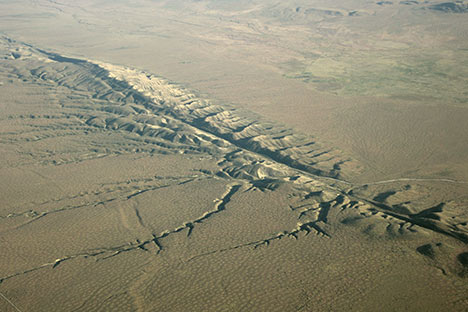
1887 - Earthquake science
Earth sciences professors set up the Western Hemisphere’s first string of seismographic stations, to systematically record seismic activity and publish these earthquake records. -
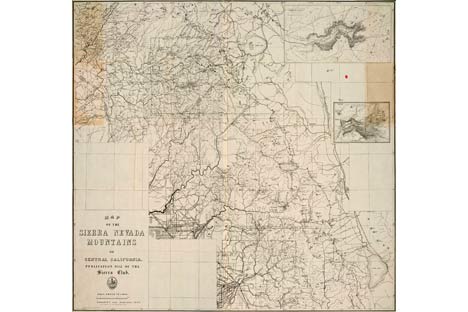
1892 - Sierra Club
The Sierra Club is co-founded by John Muir; UC Berkeley professors Joseph LeConte, J. Henry Senger and Cornelius Beach Bradley; Stanford University’s David Starr Jordan; artist William Keith; and attorney Warren Olney. Many of the club’s 182 charter members are scientists, and LeConte’s maps of the Sierra range are among its first publications. -

1895 - Nutrition science
M.E. Jaffe becomes the first professor of nutrition in the United States. UC Berkeley quickly moves to the top in this field, making important contributions to the emerging understanding of the positive dietary role of vitamins, minerals and protein, and the negative role of cholesterol and fats. -
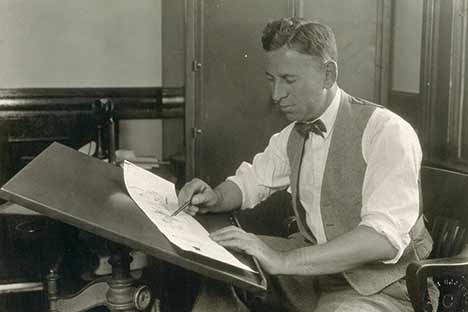
1904 - Rube Goldberg
Rube Goldberg receives his engineering degree. Goldberg subsequently achieves immortality, and a Pulitzer Prize, for his drawings making light of the discipline he studied. Today, the cartoonist’s absurdly complex mechanisms for accomplishing simple tasks have become so ingrained in popular culture that his name appears in the dictionary as an adjective. -
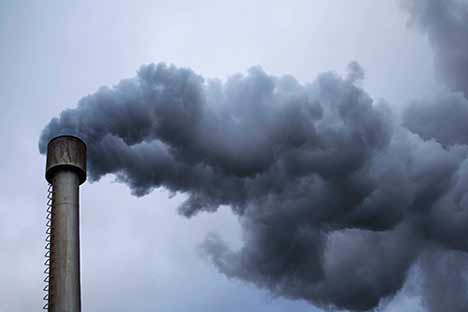
1907 - Cleaner smokestacks
Frederick G. Cottrell, professor of chemistry, develops an electrical precipitation device to clean smokestack emissions; it is still in use today. -
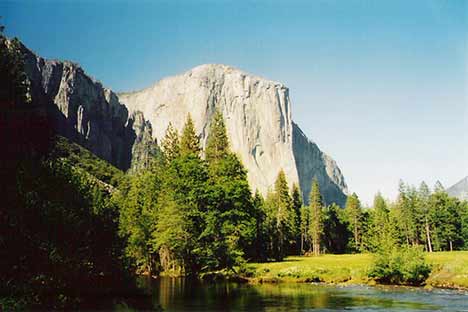
1914-1920 Yosemite wildlife survey
Joseph Grinnell, the founding director of the Museum of Vertebrate Zoology, and zoology professor Tracy Storer conduct a landmark survey of Sierra Nevada birds, mammals, reptiles and amphibians from the Central Valley through Yosemite Valley to Mono Lake. This early work makes it possible for subsequent generations to compare species diversity to the baseline data. -
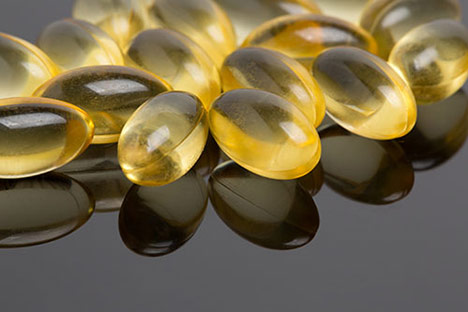
1922 - Vitamin E
Anatomy professor Herbert M. Evans and Dr. Katharine S. Bishop co-discover vitamin E. -
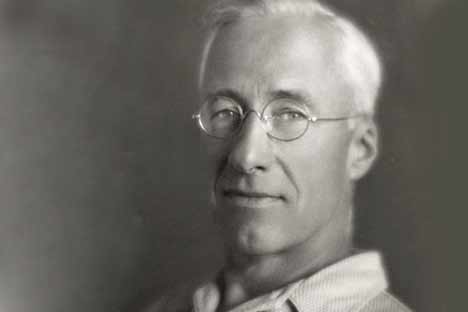
1924 - Deep-sea diving
Chemist Joel H. Hildebrand formulates a mixture of helium and oxygen for deep-sea diving, enabling divers to explore deeper into the sea than ever before, without experiencing "the bends.” -
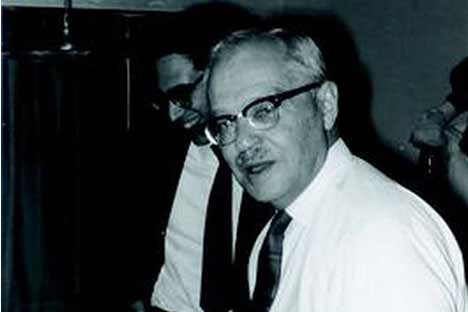
1930s – Statistical theory
Math professor Jerzy Neyman becomes one of the founders of modern statistical theory, whose applications range from designing the census to assessing the outcome of medical trials. With British statistician Egon Pearson, Neyman develops a method for choosing the most effective test of a hypothesis, and later develops foundational statistical-theory concepts. -

1930s - Food science and fruit cocktail
After working his way through school doing odd jobs, William (Vere) Cruess becomes a professor, co-founder of the field of food science and chair of the “Division of Fruit Products” at Berkeley. There he invents the canned-fruit cocktail. -
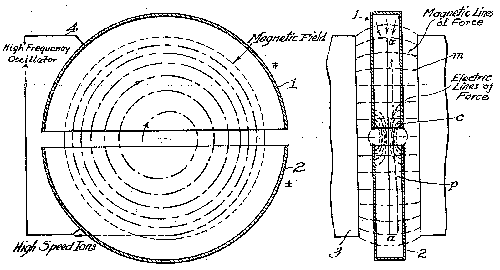
1931 - Cyclotron
Ernest O. Lawrence designs the first cyclotron, launching the scientific use of particle physics to discover the fundamental structure of matter. The cyclotron has a major impact on the treatment of diseases, making it possible to create large quantities of the radioactive isotopes used in medical treatments. In 1939, Lawrence becomes UC Berkeley’s first Nobel laureate. -

1935 - Vitamin K
Herman J. Almquist of Berkeley’s Division of Poultry Husbandry, discovers and synthesizes vitamin K, a biomolecule necessary for blood to clot properly. The manuscript announcing the discovery is rejected by Science magazine, creating a critical delay that allows Henrik Dam of Copenhagen to beat Almquist to publication and become known as the vitamin’s discoverer. -
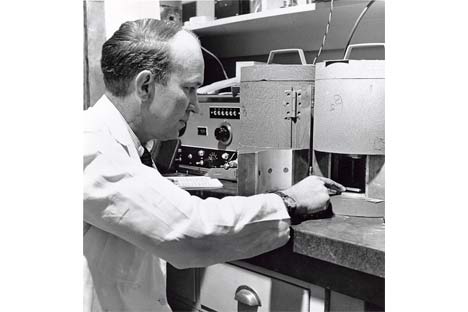
1937 - Nuclear medicine
John Lawrence, Ernest Lawrence’s brother and the director of Berkeley’s Donner Lab, becomes the father of nuclear medicine. In the first use of radioisotopes to control disease, Lawrence treats individuals suffering from polycythemia vera (over-abundance of red blood cells) with doses of radio-pharmaceuticals. Use of iodine to diagnose and treat hyperthyroidism follows. -
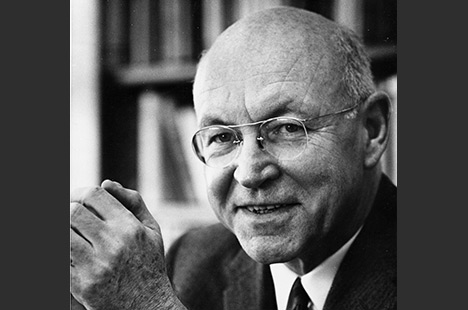
1940s - Flu vaccine
The influenza-virus vaccine is developed during World War II by biochemist Wendell M. Stanley and colleagues. -

1940s - Carbon 14 and photosynthesis
A team led by chemist Melvin Calvin resolves the riddle of photosynthesis, tracing the pathways by which plants use sunlight to convert carbon dioxide to carbohydrates. As part of this effort, Calvin discovers that carbon-14 can be used as a molecular tracer, and uses it to reveal the path of carbon as it travels through a plant. In 1961 Calvin is awarded the Nobel Prize in Chemistry. -
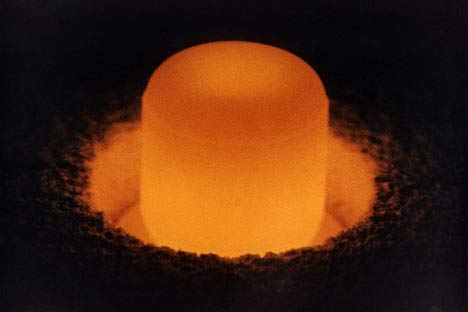
1941 - Plutonium
Using the cyclotron, professors Glenn T. Seaborg, Edwin McMillan and colleagues produced plutonium. Plutonium is one of 16 elements (including Berkelium) to be discovered at UC Berkeley and the Lawrence Berkeley National Laboratory. -
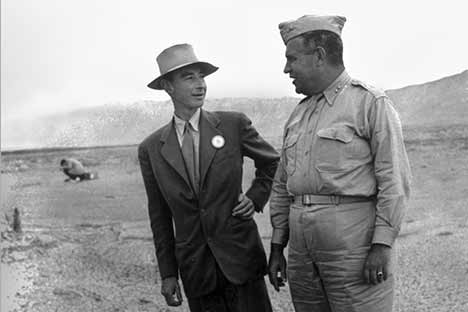
1943 - Atomic bomb
During World War II, UC directs operation of the U.S. government laboratory at Los Alamos, New Mexico, incorporating work by Berkeley faculty and others to develop the atomic bomb. The laboratory is directed by physics professor J. Robert Oppenheimer. -
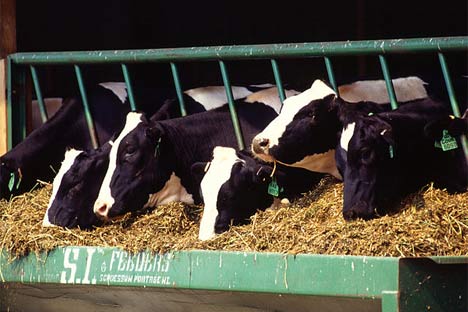
1944 - Bovine growth hormone
Bovine growth hormone is first purified by the Institute of Experimental Biology’s Herbert Evans and Choh Hao Li, paving the way for the purification of human growth hormone and, 30 years later, the cloning of human growth hormone by scientists at UC San Francisco. -
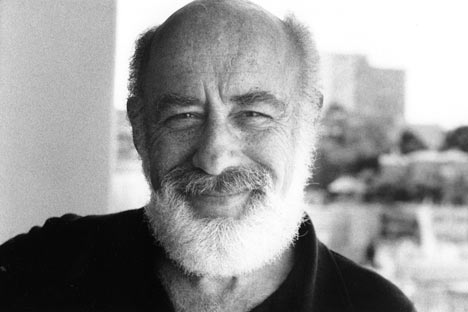
1947-1955 - Lipoproteins and heart disease
John Gofman, medical physics professor, and his former doctoral students Frank Lindgren and Alex Nichols discover and name the various lipoprotein classes — such as low-density lipoproteins (LDL), today referred to as “bad” cholesterol, and “good” high-density lipoproteins (HDL) — and discover the role of LDL and HDL in heart disease. They report that the ratio of HDL to LDL is a strong indicator of heart-disease risk. Gofman and Nichols also conduct dietary studies showing that people respond differently to diets high in fat and cholesterol depending on their lipoprotein profiles. -
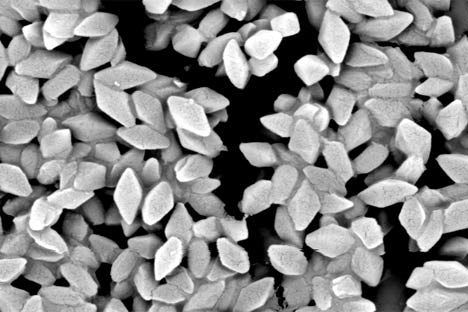
1951 - Insect control
Professor Edward Steinhaus, a pioneer in the field of insect pathology, uses bacteria to attack a caterpillar that infests alfalfa. This is the first successful use of an insect pathogen to control insects in the field. Today these bacteria, Bacillus thuringiensis, are used worldwide to fight crop disease; the bacteria secrete a toxin that kills insects, and genetic-engineering companies insert the gene for this toxin into plants, producing crops with a built-in insect resistance. -
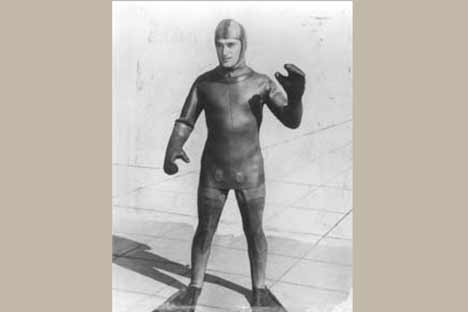
1952 - Wetsuits
Physicist Hugh Bradner invents the first wetsuit. The new protective garment helps to spawn new sports such as board sailing and body boarding, transform commercial, military and recreational deep-sea diving, and advance understanding of oceans. -
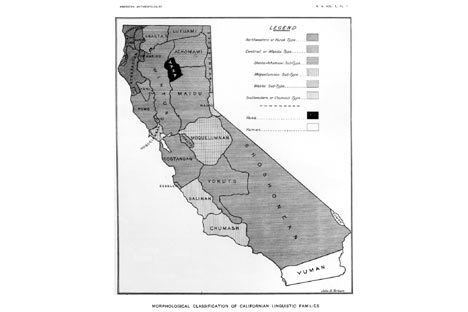
1952 - Linguistic survey of native languages
The linguistics department surveys and describes California’s many native languages and initiates comparative linguistic work to help with the reconstruction of the human prehistory of California and the continent. -
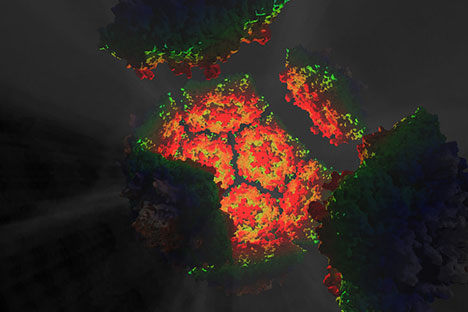
1954 - Polio virus
The UC Berkeley Virus Laboratory crystallizes the virus for polio — the first time an animal virus has been obtained in crystal form. -
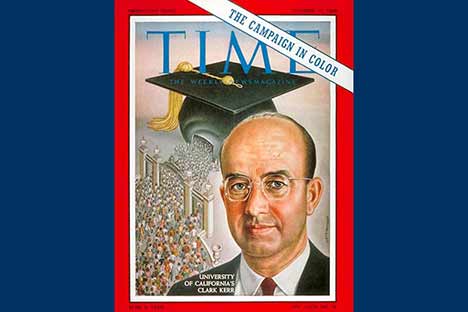
1960 - Master Plan for Higher Education
The state Legislature approves the California Master Plan for Higher Education. Its chief architect is UC President Clark Kerr, an industrial-relations expert who served as Berkeley’s first chancellor from 1952 to 1958. Clark’s education blueprint promises California students from all walks of life, regardless of financial means, access to college. The Master Plan continues to guide the state’s public higher education to this day and has served as a model nationwide. -
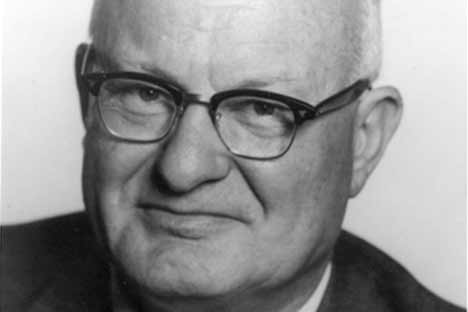
1961 - Ground-fault interrupter
Charles Dalziel, a professor of electrical engineering and computer sciences, invents a ground-fault interrupter, a device now found in virtually every home and building to protect people from electrical shocks caused by defects in appliances or grounding systems. -
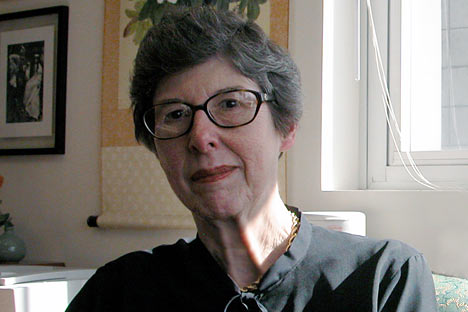
1966-1969 - No-fault divorce
Herma Hill Kay, a faculty member at Boalt Hall, co-drafts California’s 1970 no-fault divorce law, the first of its kind in the nation. The law eliminates the need to place blame on a spouse for a failed marriage and makes “irreconcilable differences” sufficient ground for divorce. Eventually, every state in the nation enacts some version of no-fault divorce. Kay later serves as the first female dean of the law school (1992-2000). -
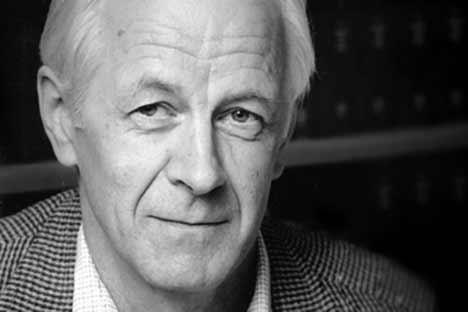
1967 - Molecular evolution
Biochemist Allan Wilson establishes the field of molecular evolution, using genetic material, rather than fossils, to investigate the origins of humanity. Wilson and doctoral student Vincent Sarich show that proteins evolve and change as life evolves, and consequently can serve as a “molecular clock” to measure the evolutionary relationships between animals and humans. In the early 1980s, Wilson and colleagues defy conventional thinking (which dates human origins to some 25 million years ago); they trace humans back to common ancestors in sub-Saharan Africa some 200,000 years ago. Today, scientists compare DNA to determine evolutionary family trees. -
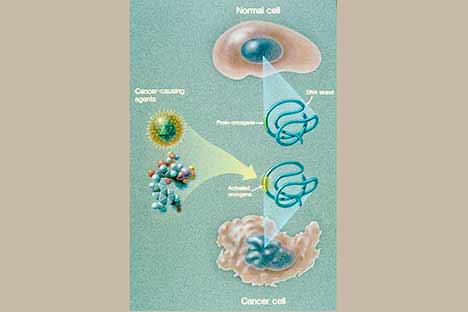
1970s - Oncogenes
Molecular and cell biologist Peter Duesberg discovers the first cancer-causing gene, or “oncogene,” in a virus. Dubbed src, it is implicated in many human cancers. The oncogene hypothesis is now the most widely held scientific theory of the origin of cancer. -

1971 - Birth of biotech
The first biotechnology company, Cetus, is founded by Donald Glaser, winner of the 1960 Nobel Prize in Physics. -
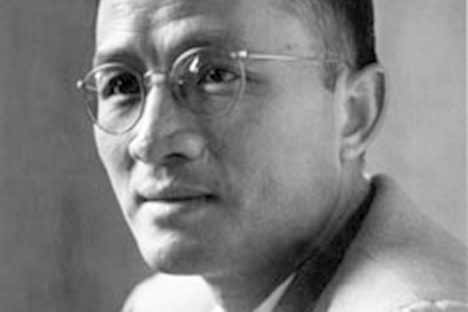
1971 - Human pituitary growth hormone
The human pituitary growth hormone (somatotropin) is isolated and, in 1971, synthesized by biochemistry professor Choh Hao Li. -
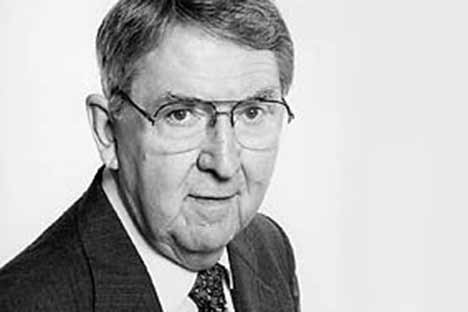
1972 - Computer-aided circuit design
A team led by Donald O. Pederson develops the Simulation Program with Integrated Circuit Emphasis (SPICE) — a tool that, along with its derivatives, has been used in the design of almost every integrated circuit since its invention. “Let’s SPICE this circuit and see if it works,” engineers say. -
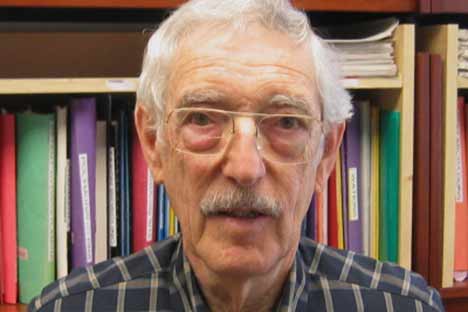
1973 - Identifying carcinogens
Biochemist Bruce Ames develops a quick, economical test to identify chemicals that damage DNA and are thus potential carcinogens. The most widely used test for identifying carcinogenic substances, the Ames test, as it is known, has prevented many dangerous drugs, chemicals and products from reaching the market. -
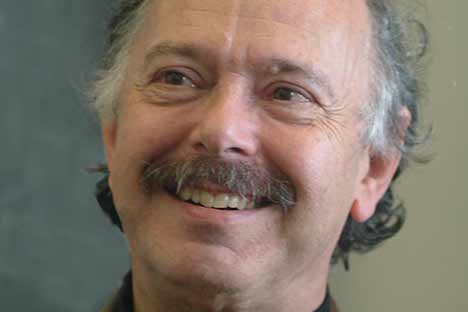
Mid-1970s - Materials-dating techniques
Physics professor Richard A. Muller invents a new method of detecting radioactivity in natural materials. Still widely used to date archaeologic and geologic materials as well as works of art, the method, accelerator mass spectrometry, is faster and more accurate than standard carbon-14 dating. -

1977 - Berkeley UNIX and the birth of open-source software
In 1969, Berkeley electrical-engineering alum Kenneth Thompson and his colleagues at Bell Labs write a new operating system for machines, UNIX. In 1971, Berkeley Professor Bob Fabry buys a $99 copy of UNIX and provides it to a group of students, including Bill Joy, who modify the original code to include a number of new features. In 1977, Joy releases Berkeley UNIX under the Berkeley Software Distribution moniker, and encourages a world of hackers to improve it. The team incorporates these upgrades into future releases — creating a revolutionary new paradigm for software development and distribution, now known as open source, which makes source code available for anyone to build upon and improve. -
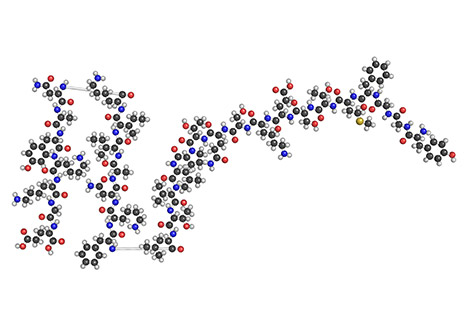
1978 - Beta-endorphin
Beta-endorphin, a substance produced in the brain that acts as a pain killer, is discovered by Choh Hao Li. -
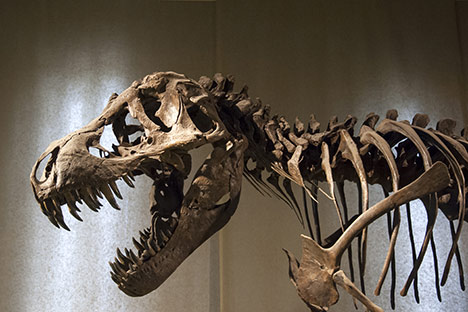
1980 - Demise of the dinosaurs
Scientists offer evidence that an asteroid or comet struck our planet 65 million years ago, causing the extinction of the dinosaurs and profoundly altering Earth’s environment. The seminal 1980 Science paper is authored by Nobel laureate and professor of physics Luis Alvarez, a senior scientist at Lawrence Berkeley Lab; his son Walter Alvarez, a UC Berkeley geologist; and LBL’s Frank Asaro and Helen Michels. -
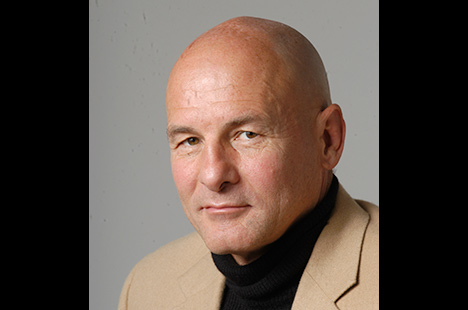
1981 - CPU design
Computer scientist David Patterson directs a project that produces a simpler, cheaper, faster approach to the design of computer central processing units (CPUs). This “reduced instruction set computer” (RISC) makes CPUs more efficient. -
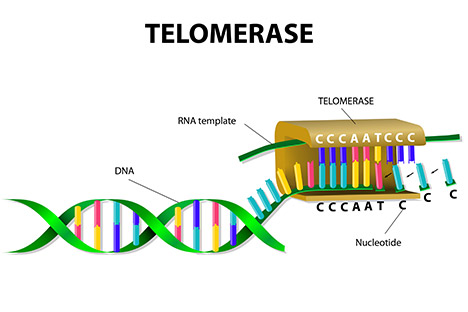
1985 - Telomerase
Telomerase, an enzyme that promotes cell division and growth, is discovered by molecular and cell biologist Elizabeth H. Blackburn, Berkeley grad student Carol Greider and Harvard’s Jack Szostak. In 2009, the three are awarded the Nobel Prize in Physiology or Medicine. -
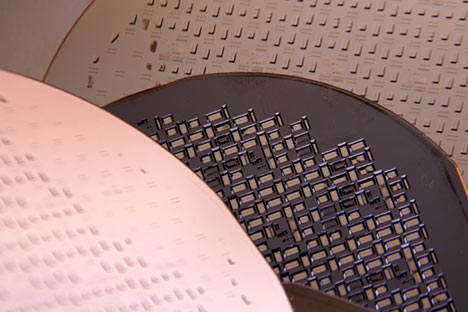
1988 - Microscopic motors
Along with his graduate students, Richard Muller, professor of electrical engineering and computer sciences, produces the first electrically powered microscopic motor, no larger than the width of a human hair. This micro-machine helps spawn the field of micro-electro-mechanical systems (MEMS), used in applications including the auto airbag, a device that is triggered by a MEMs device. -
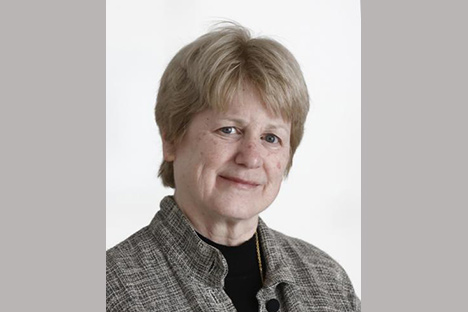
1990 - Genes and breast cancer
Mary-Claire King and her colleagues at Berkeley find a gene that is strongly linked to breast cancer in families with high risk of the disease before age 45. -
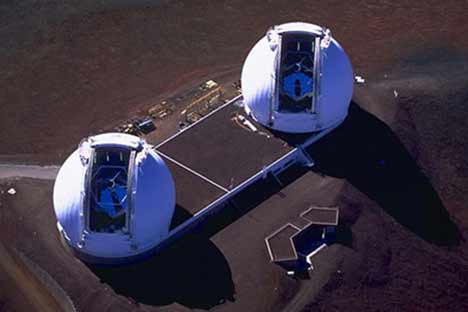
1992 - Revolution in telescope design
UC astronomers led by Jerry Nelson co-develop the world’s largest telescope, the W.M. Keck Telescope, atop Mauna Kea, a dormant volcano on the island of Hawaii. Revolutionary in design, the Keck’s primary mirror is composed of 36 hexagonal segments that join to form a single, honeycombed piece of reflective glass. -
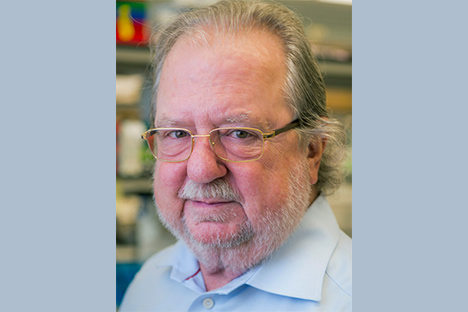
1992-1995 - Immunotherapy
James Allison discovers and develops a monoclonal antibody therapy that unleashes the immune system to combat cancer. This discovery will be the foundation of a revolution in cancer treatment and earned the 2018 Nobel Prize in Physiology or Medicine. -
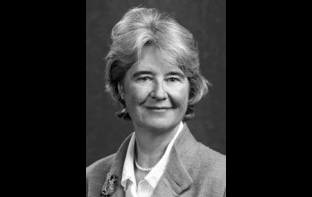
1994 - Spousal-rape law
Berkeley lecturer Nancy Lemon conceives of a new law in California. Raping one’s spouse becomes a felony in California, a crime legally equivalent to non-marital rape. -
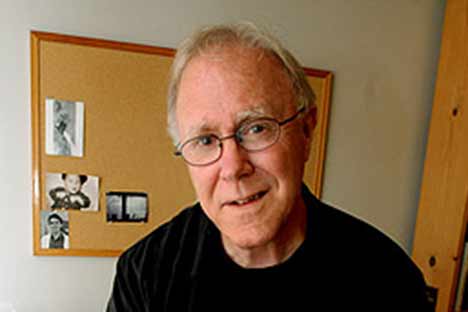
1995 - U.S. poet laureate
English Professor Robert Hass is named U.S. poet laureate by the Library of Congress. The landscapes of his native Northern California figure largely in Hass’s work. He is later awarded the National Book Award and the Pulitzer Prize for his 2007 book Time and Materials. -
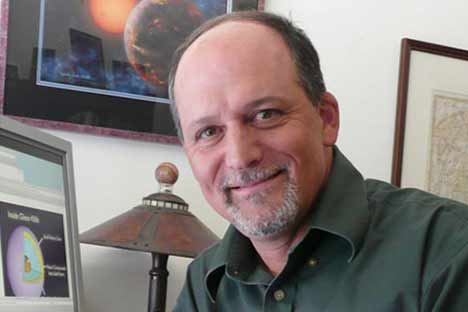
1995 - Planet hunt
Astronomer Geoff Marcy is a pioneer and leader in the discovery of planets beyond our own solar system. With the discovery of more than 200 exoplanets, Marcy’s efforts to find and characterize their orbits and masses leads to a new understanding of the formation of planets and planetary systems. -
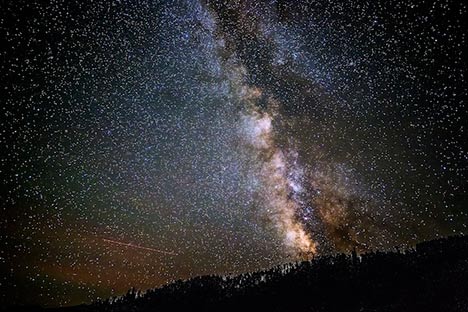
1998 - An accelerating universe
Observing distant, ancient exploding stars, Berkeley cosmologists Saul Perlmutter, Adam Riess, Alex Filippenko and international colleagues determine that the universe is expanding at an accelerating rate — a striking, counter-intuitive observation that implies the existence of a mysterious, self-repelling property of space known as “dark energy.” -
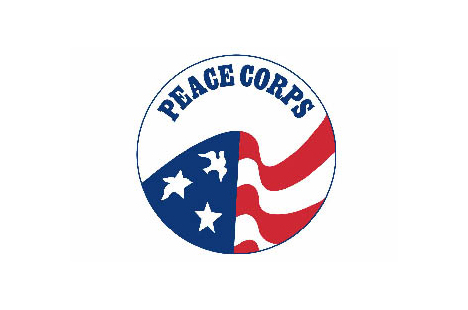
1998 - Peace Corps volunteers
UC Berkeley enlists its 3,000th Peace Corps volunteer, more than any other university. -
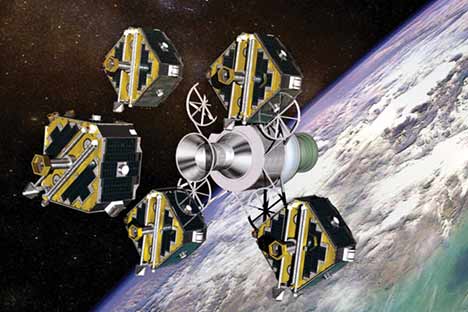
2000 - Satellite operations
UC Berkeley further extends its research efforts in space, opening a facility at the Space Sciences Laboratory for the operational control of scientific research satellites. THEMIS, launched in 2007, becomes the fourth satellite to be managed from Berkeley. -
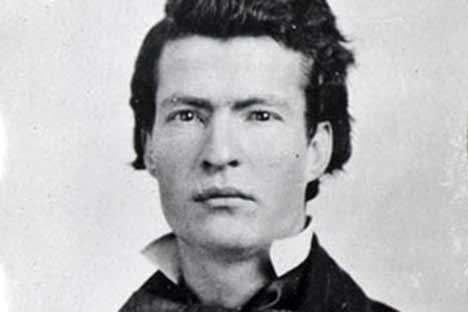
2003 - Mark Twain online
The Bancroft Library brings author Mark Twain into the 21st century, publishing his body of letters online. Berkeley’s library houses the world’s largest collection of Twain’s writings, photos, scrapbooks and books from his personal library. -
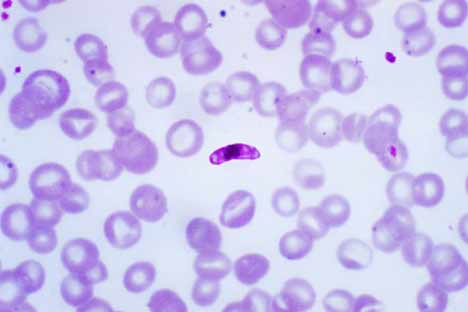
2006 - Treatment for malaria
A group led by chemical engineer Jay Keasling clears a major hurdle to creating a widely affordable version of the life-saving antimalarial drug artemisinin. He does this by successfully engineering the production of artemisinic acid, which is one chemical alteration away from artemisinin. -
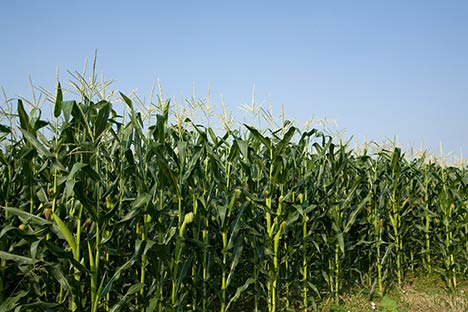
2007 - Biofuels
Energy giant BP selects UC Berkeley to lead a $500 million effort to develop biofuels to help meet the world’s energy needs. -
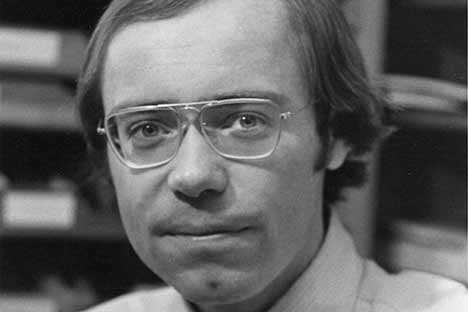
2009 - Insights into human evolution
Paleoanthropologist Tim White and his team announce the discovery of a fossilized, 4.4 million-year-old human ancestor in Ethiopia. Dubbed “Ardi,” it is the oldest hominid skeleton discovered to date, and revolutionizes our understanding of the earliest phase of human evolution. -
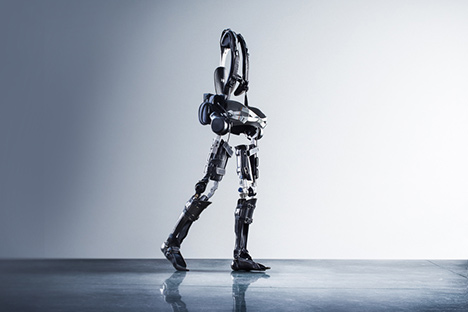
2011 - Robotic legs
What began as a DARPA-funded project to create robotic e-Legs to enhance human strength becomes Homayoon Kazarooni’s mission to develop an affordable bionic exoskeleton, culminating in the spin-off of the company Ekso Bionics to help millions of paraplegics walk again. -
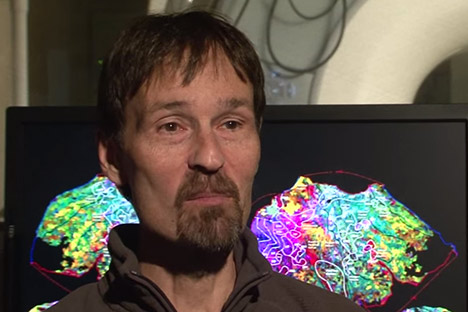
2011 - Visual brain waves
Neuroscientists led by Jack Gallant are the first to use magnetic resonance imaging to reconstruct from brain waves what a person is seeing, opening the door to possibly watching other people’s dreams or visual memories. -
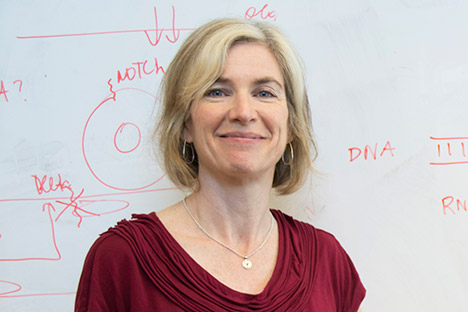
2012 - CRISPR gene editing
UC Berkeley professor Jennifer Doudna, Martin Jinek of the Howard Hughes Medical Institute and Emmanuelle Charpentier of the Laboratory for Molecular Infection Medicine-Sweden discover a simple, precise and inexpensive method for cutting DNA to insert genes into human cells. The discovery could transform genetic medicine, making routine what now are expensive, complicated and rare procedures for replacing defective genes in order to fix genetic disease or even cure AIDS. -
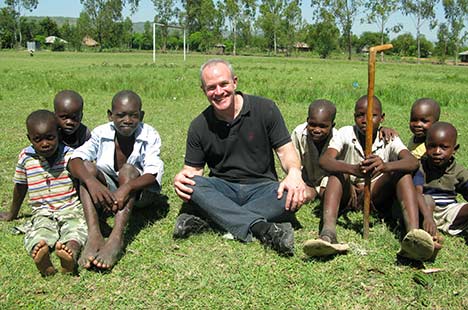
2013 - Treating global malaria
A discovery in the lab of Jay Keasling 12 years earlier leads to the first synthetic antimalarial drug on the market, artemisinin, dropping the cost and boosting the availability of the world’s best treatment for malaria.
-
These campus buildings were completed in the 19th century.
-

1873 - University moves to Berkeley
The University, first founded on the Oakland site of the College of California, has close to 200 students and moves to the new campus in Berkeley on land adjoining Strawberry Creek. -
The regents call for an international competition to provide an architectural master plan for the university.
-
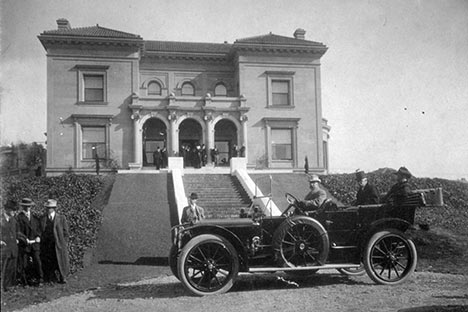
1900 - University House
Phoebe Hearst, philanthropist and donor to the university, turns the symbolic first shovelful of earth to break ground for the President’s Mansion, now University House. -
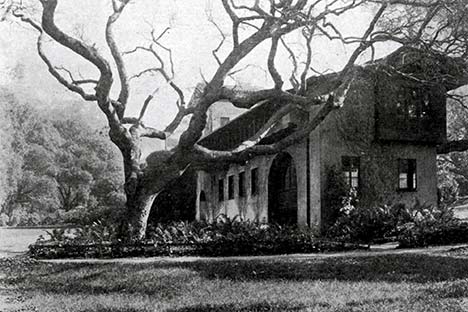
1902 - Faculty Club
Formed "to promote mutual acquaintance and fellowship among officers of instruction and government of the University," the Faculty Club is the successor to a dining cottage that served the faculty during the 1890s. The Faculty Club is dedicated in 1902. -
Phoebe Apperson Hearst sponsors a design competition for a master plan for campus buildings. These buildings are constructed according to the Hearst plan.
-
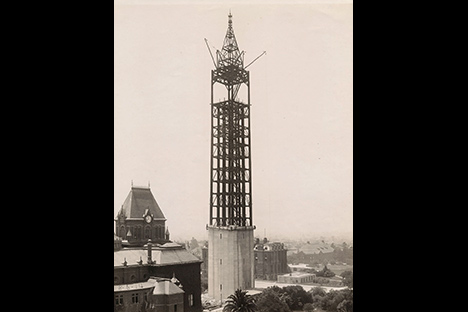
1914-1915 - Sather Tower, the Campanile
The steel frame of Sather Tower, aka the Campanile, is completed in 1914. The stone facade is completed in 1915. Visit the Campanile centennial website to learn more about the history of the tower. -
These campus buildings were completed in the 1920s.
-
These campus buildings were completed in the 1930s.
-
These campus buildings were completed in the 1940s.
-
These campus buildings were completed in the 1950s.
-
These campus buildings were completed in the 1960s.
-
These campus buildings were completed in the 1970s.
-
These campus buildings were completed in the 1990s.
-
These campus buildings were completed between 2000-2010.
-
These campus buildings have recently been completed or are currently under construction.

